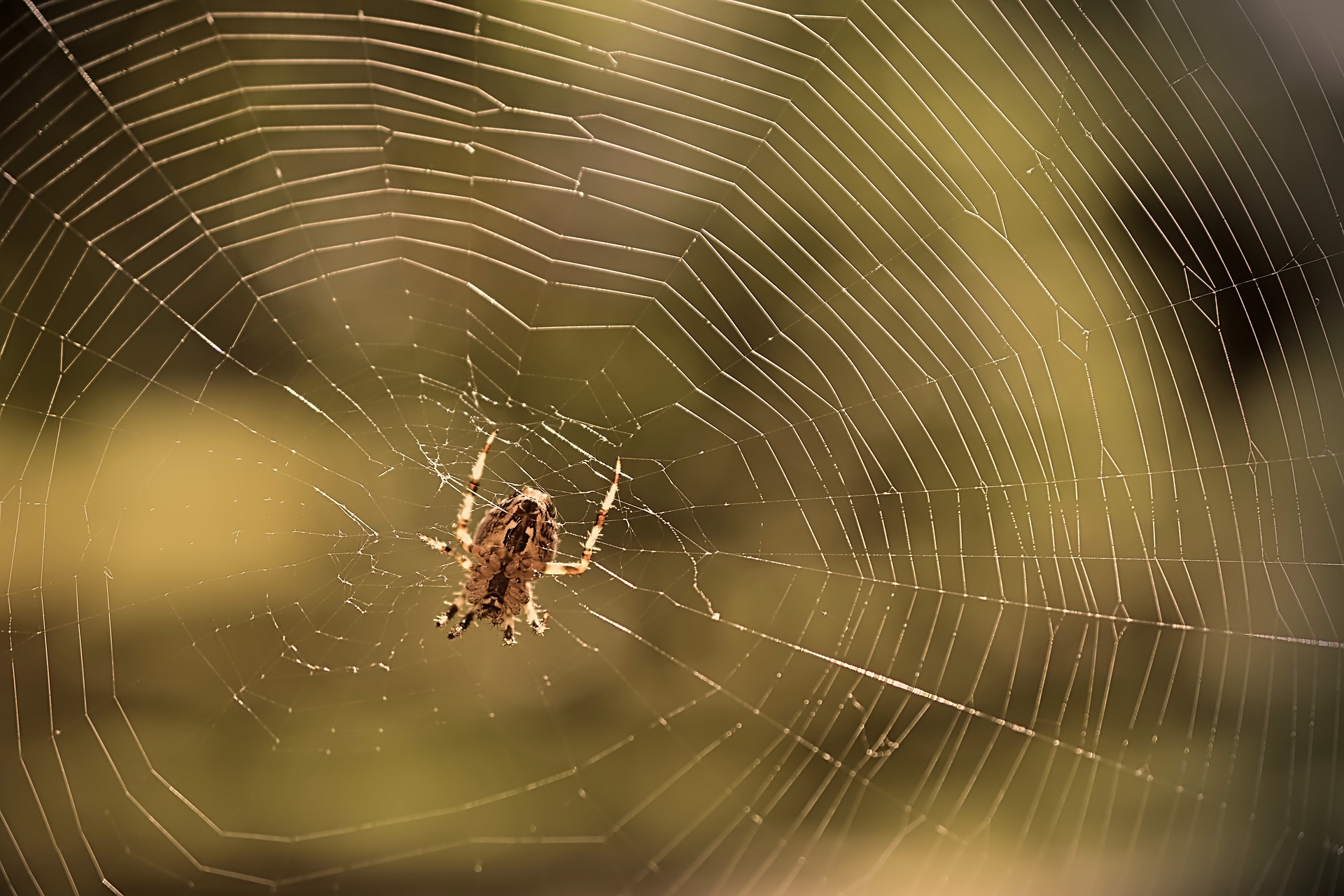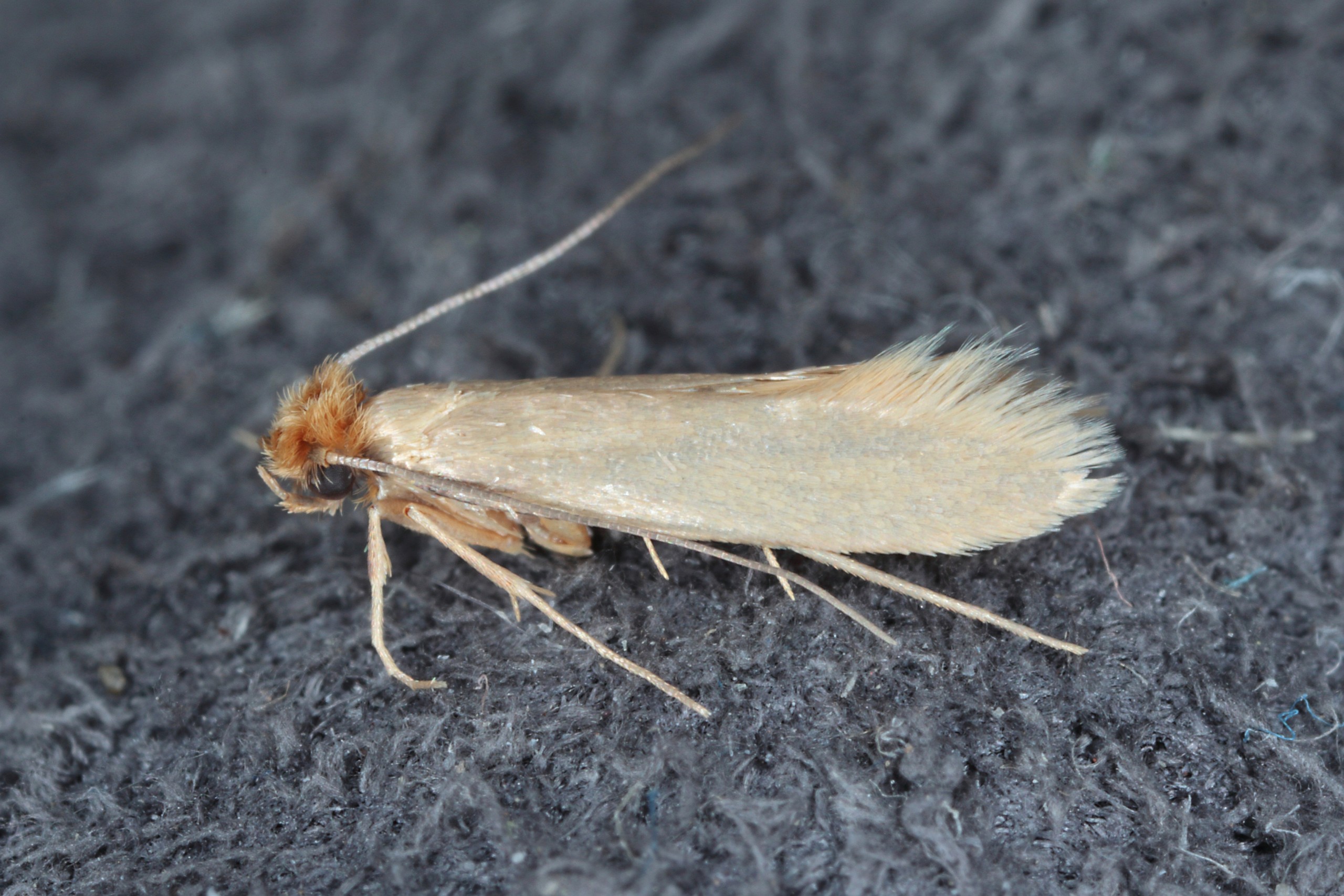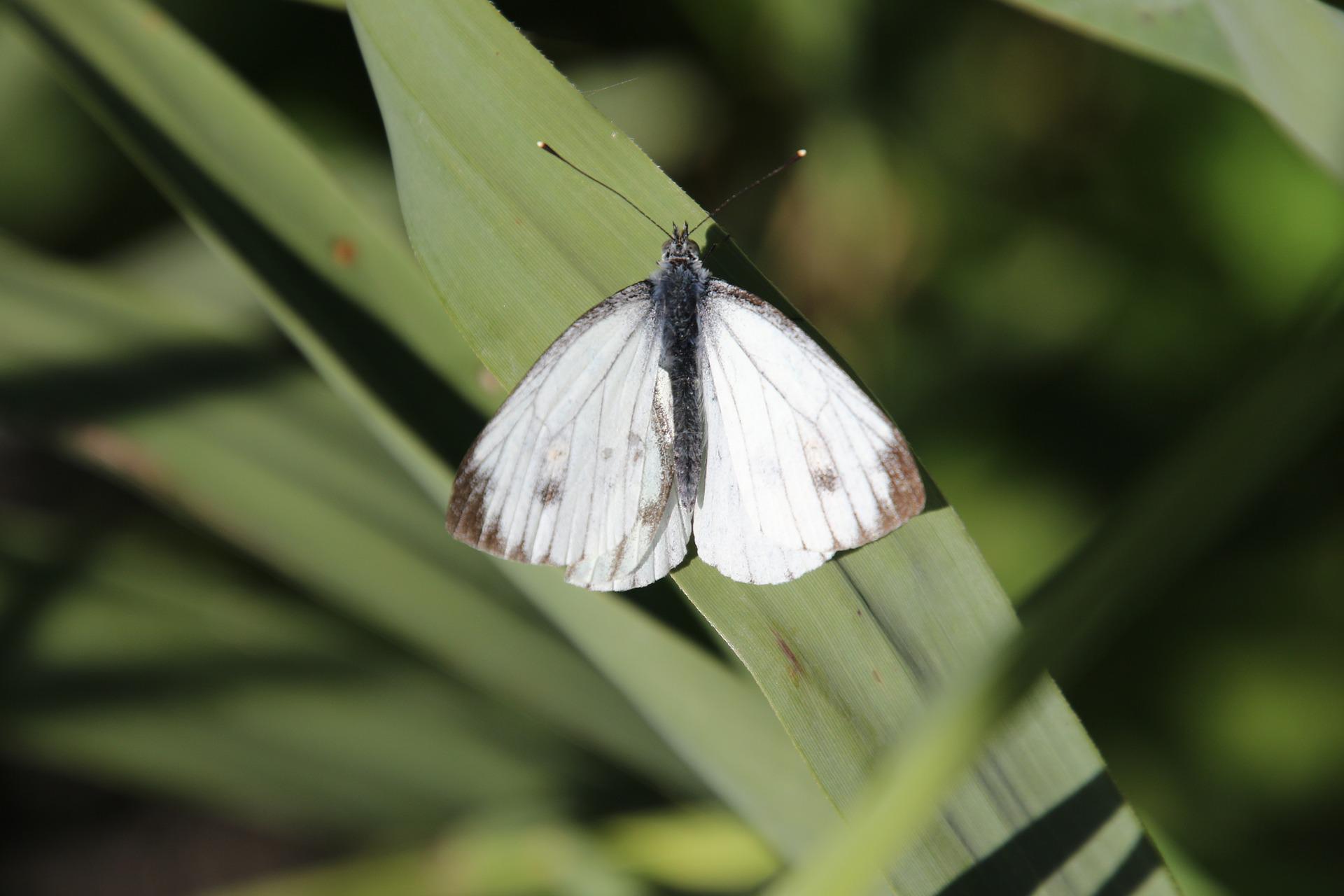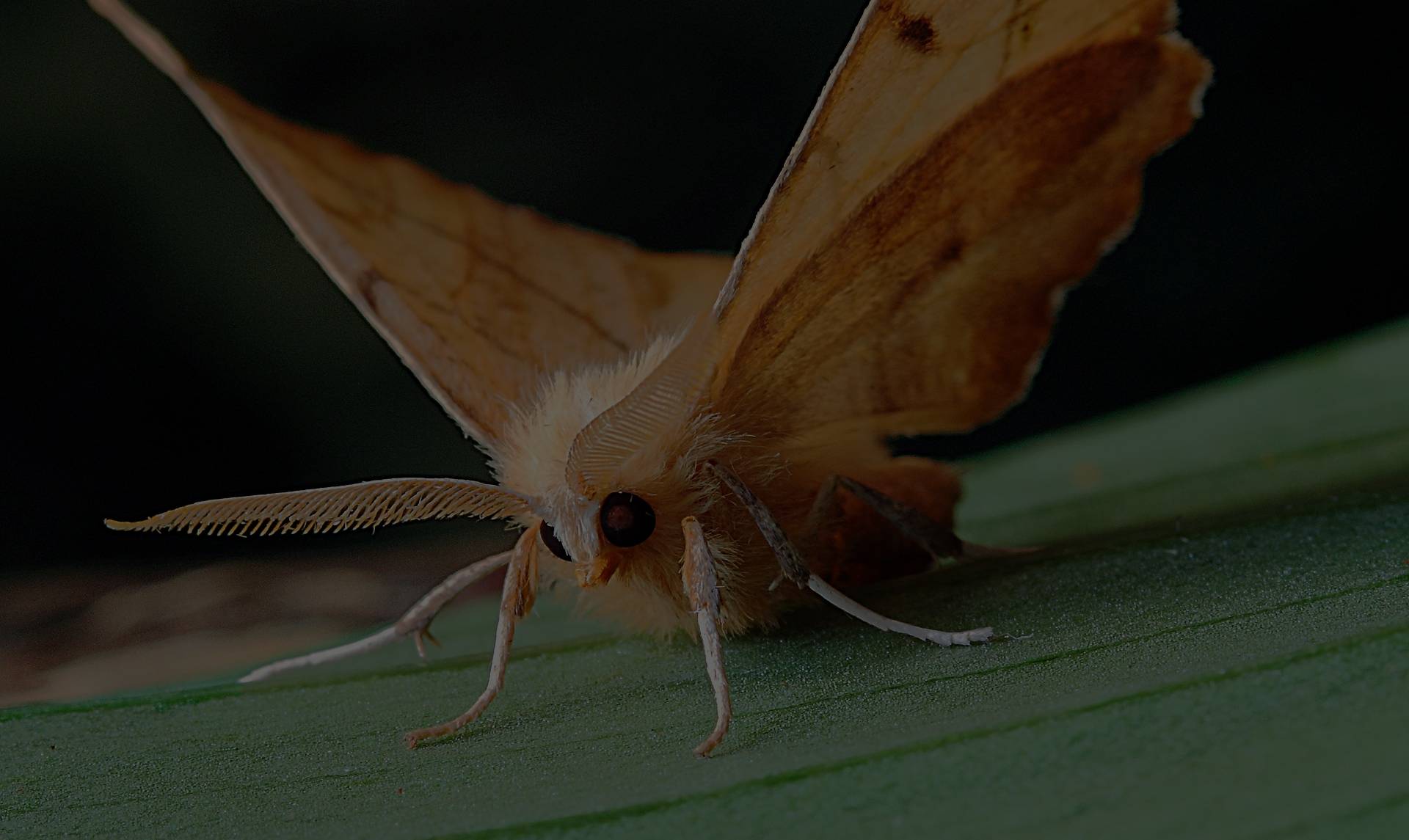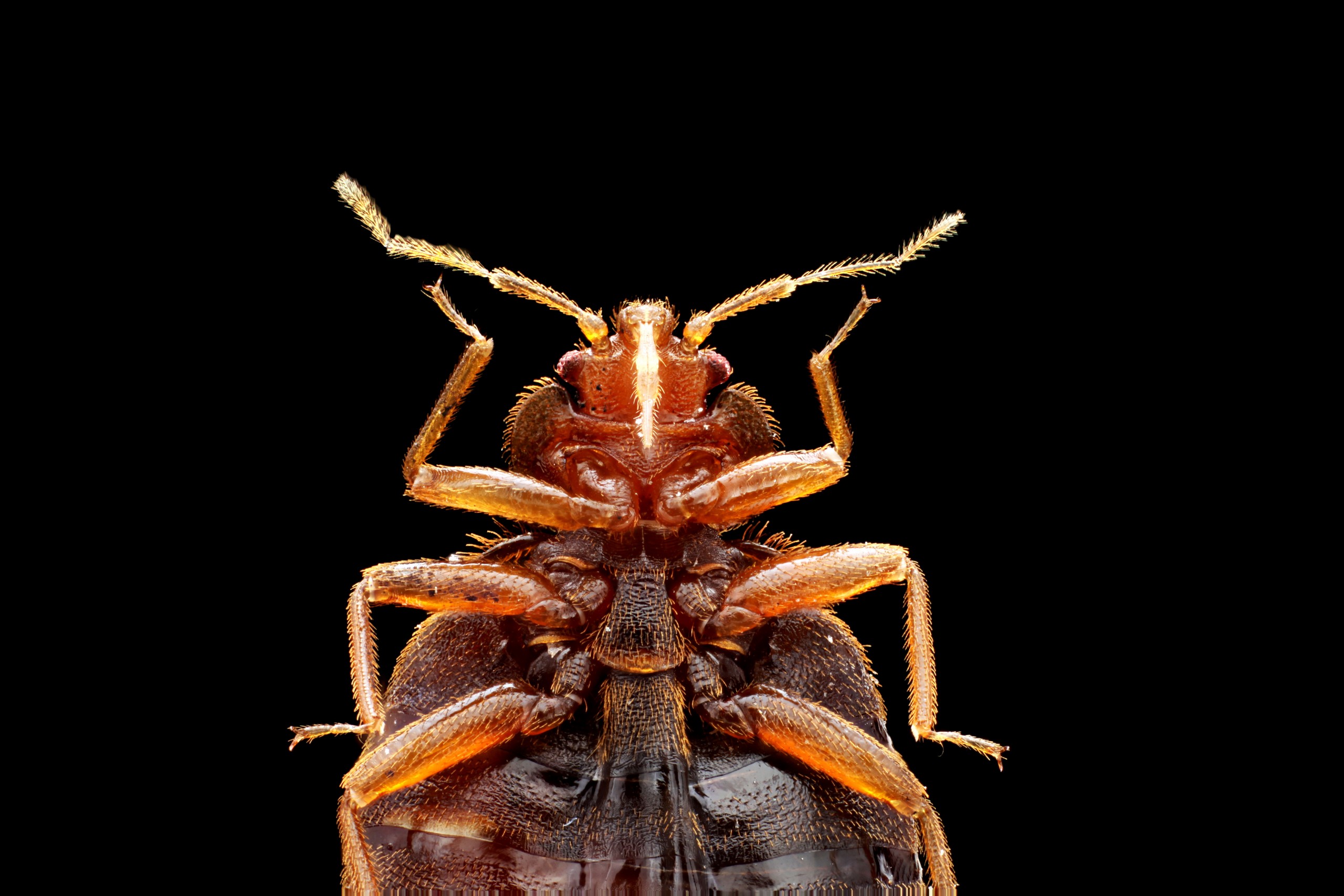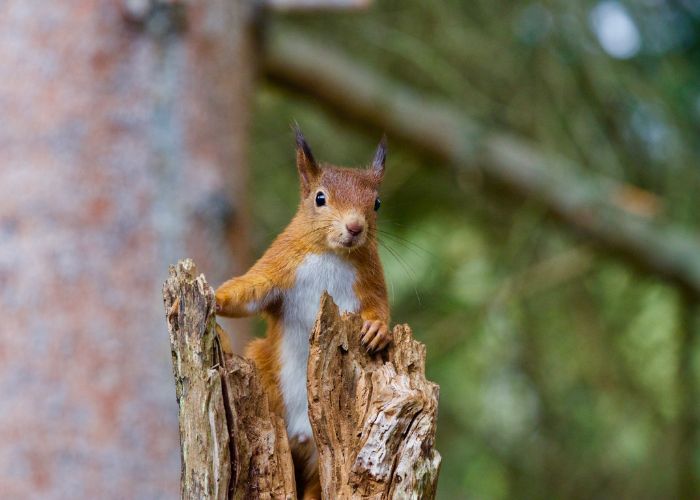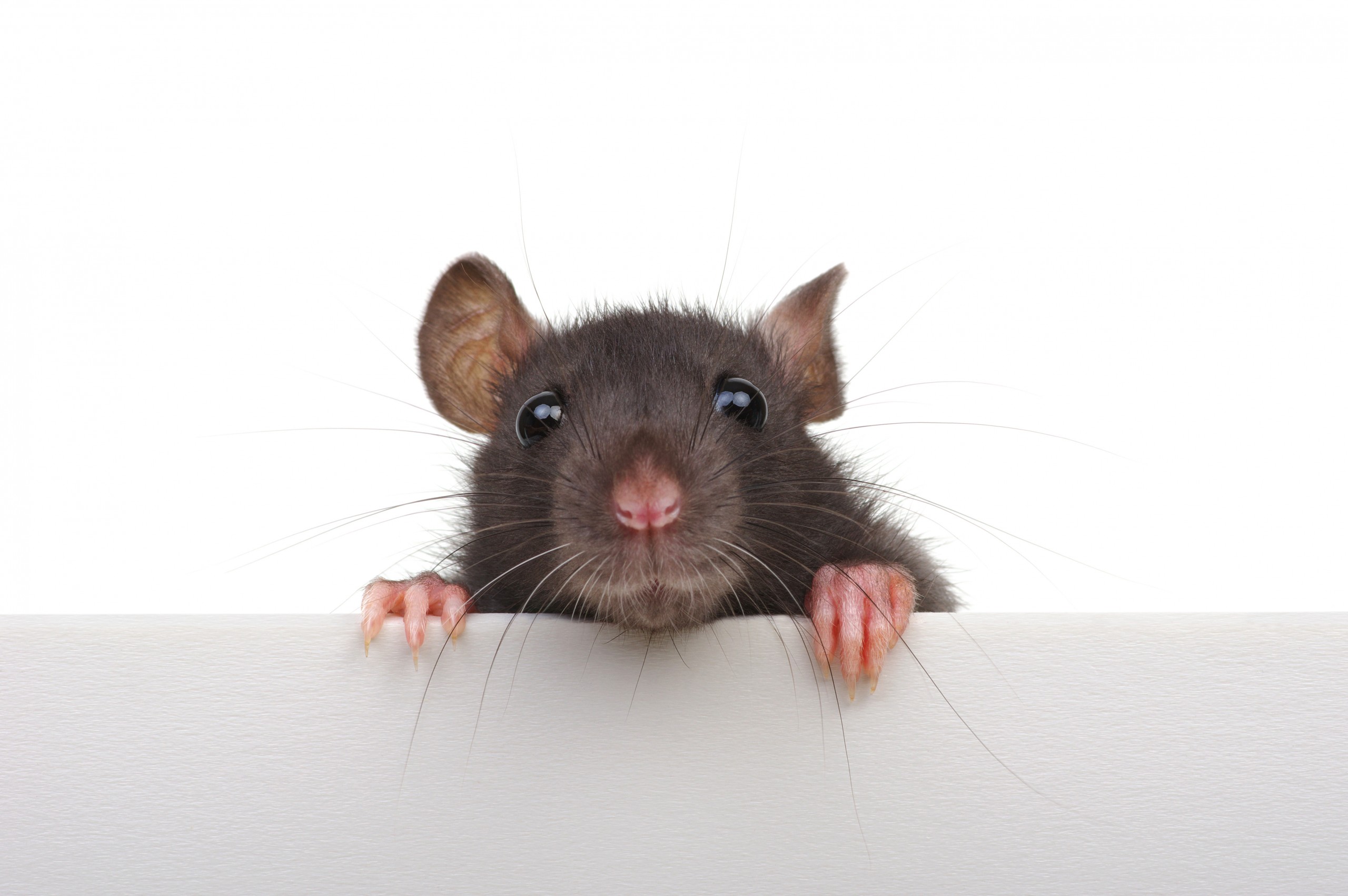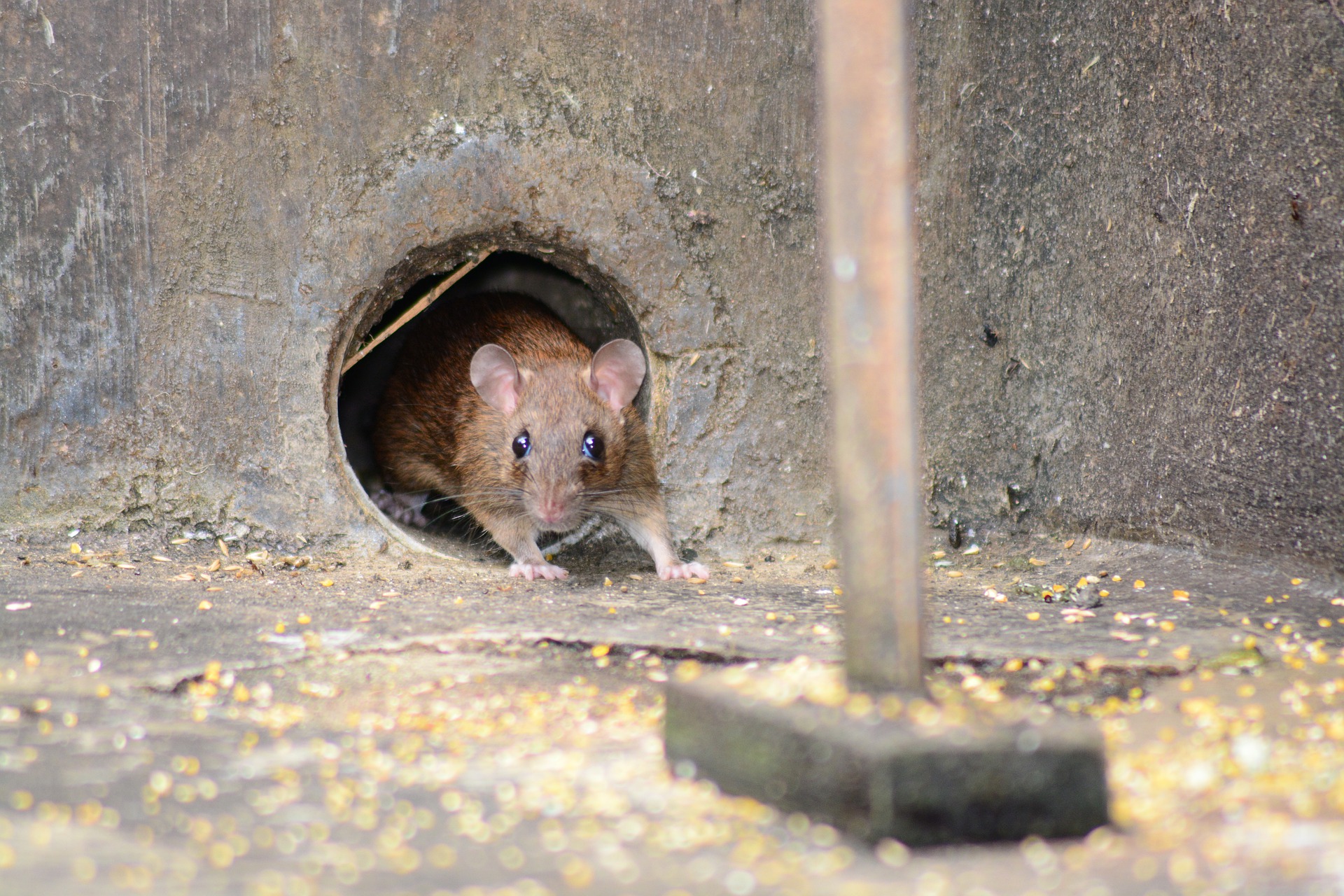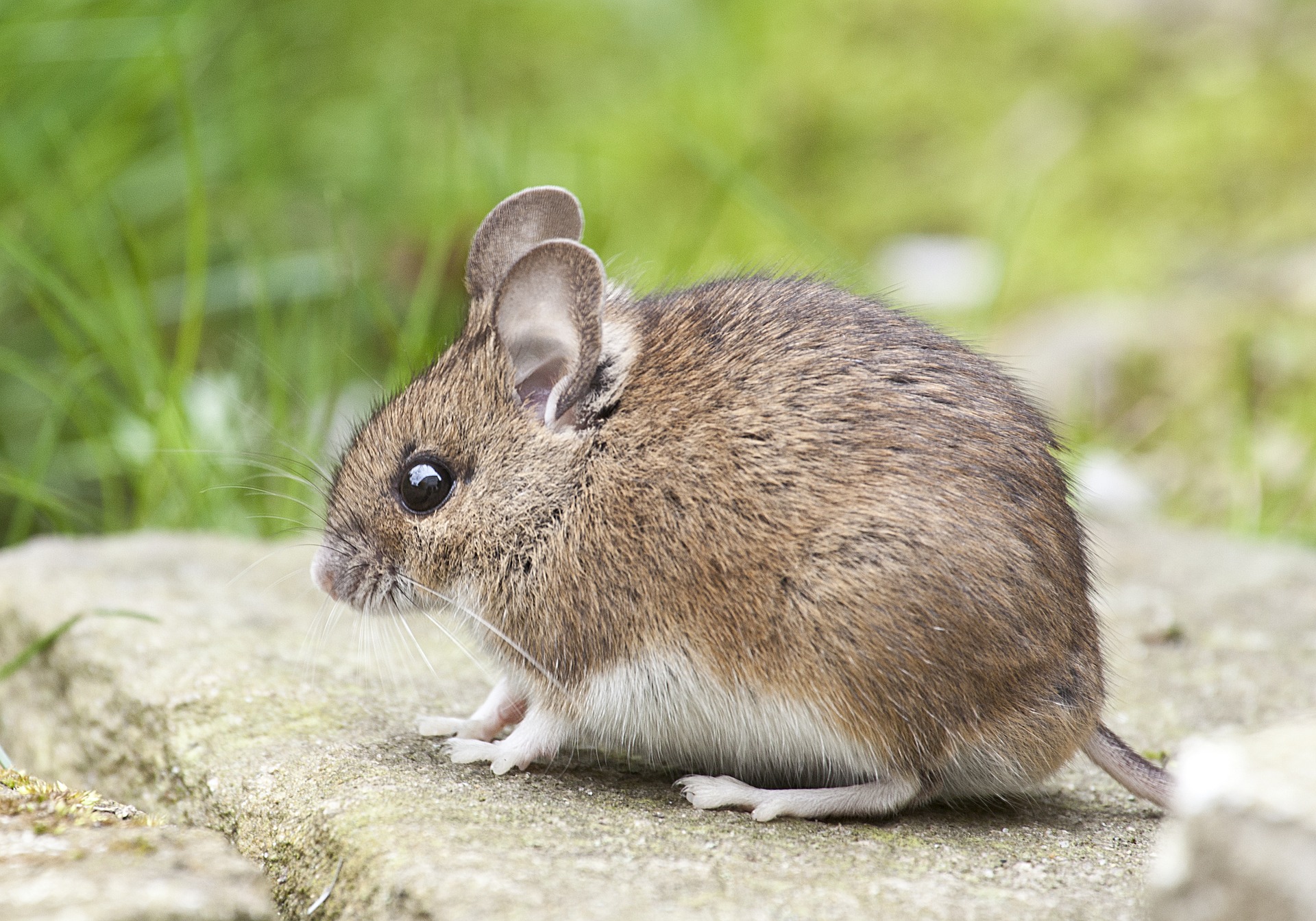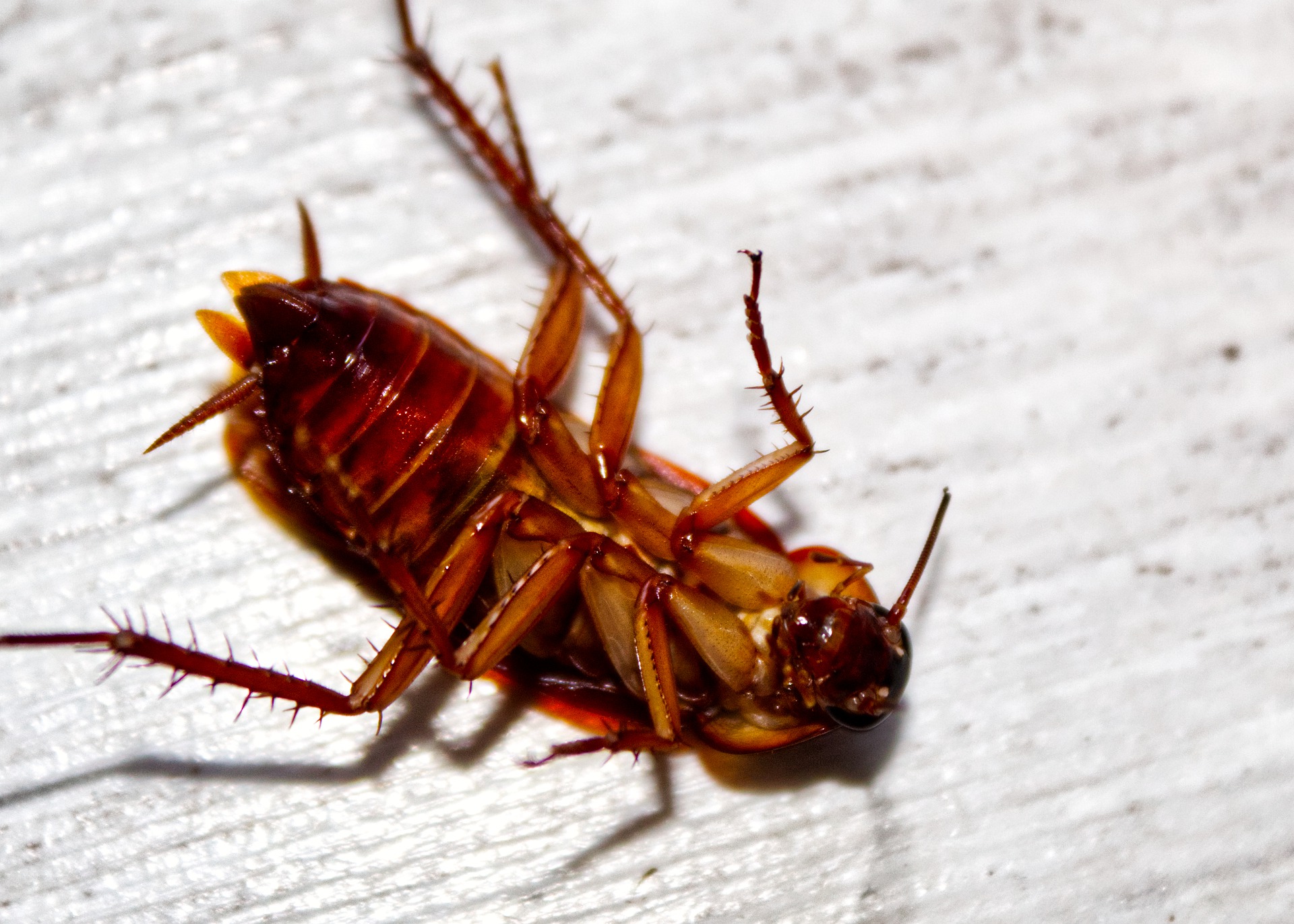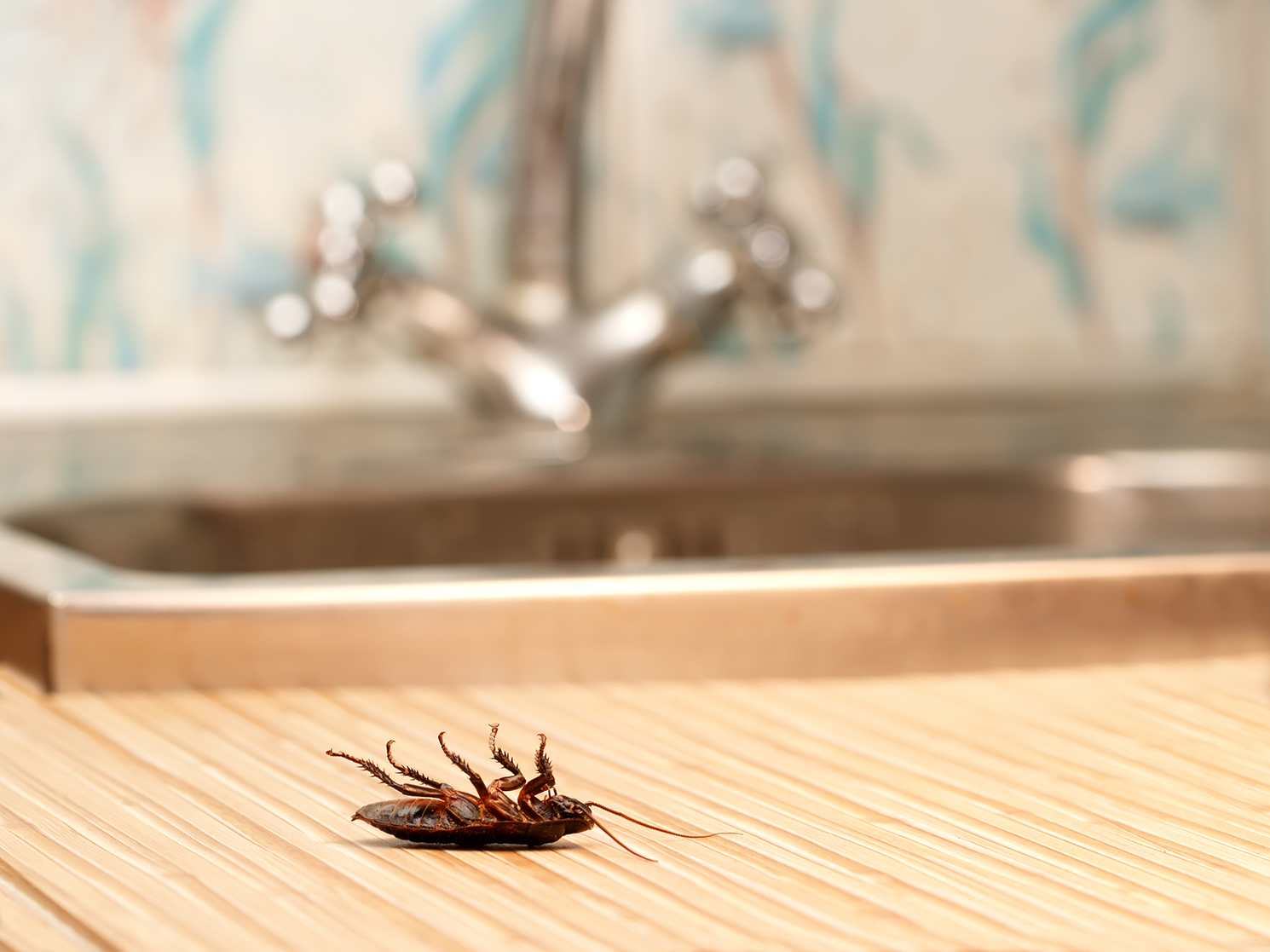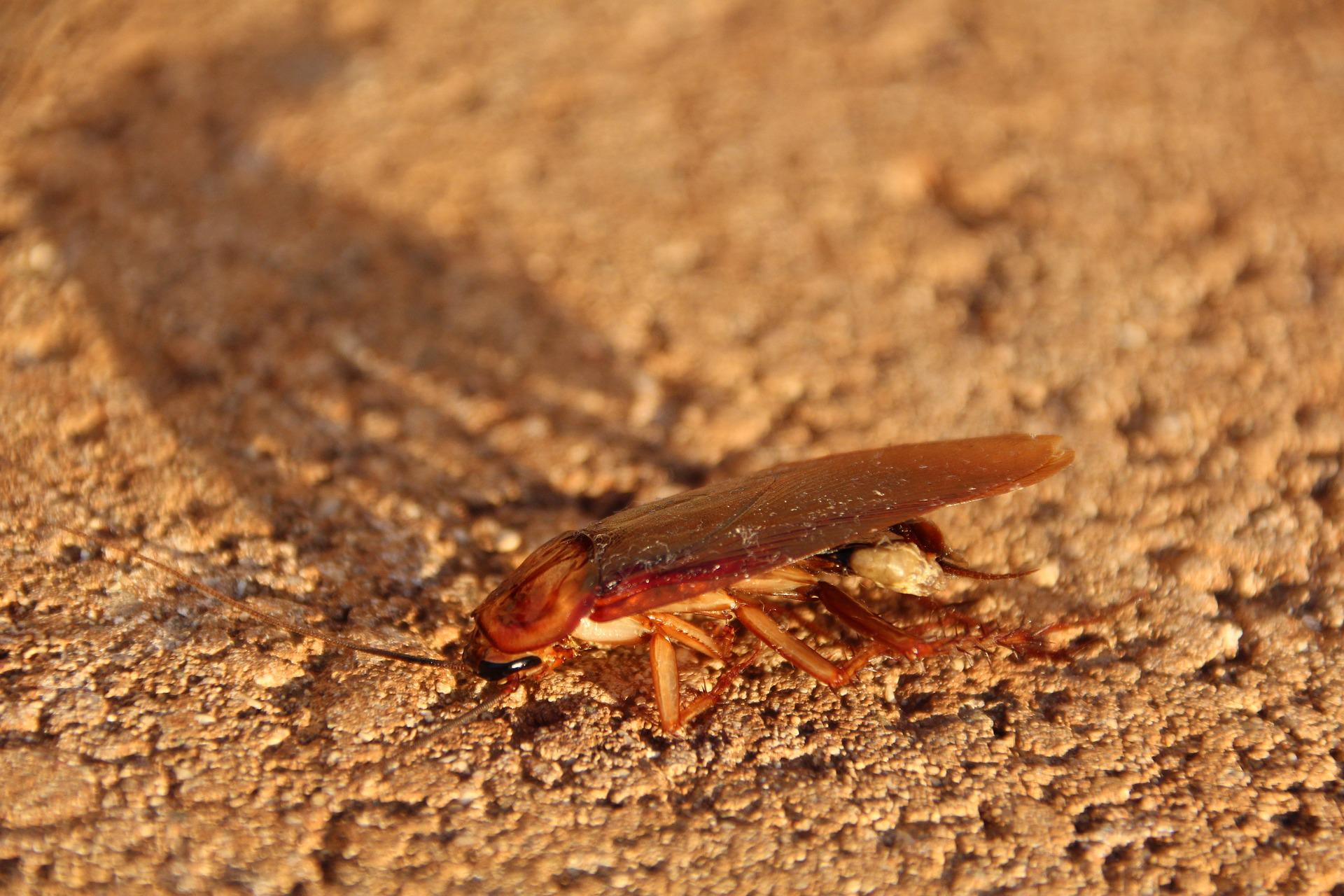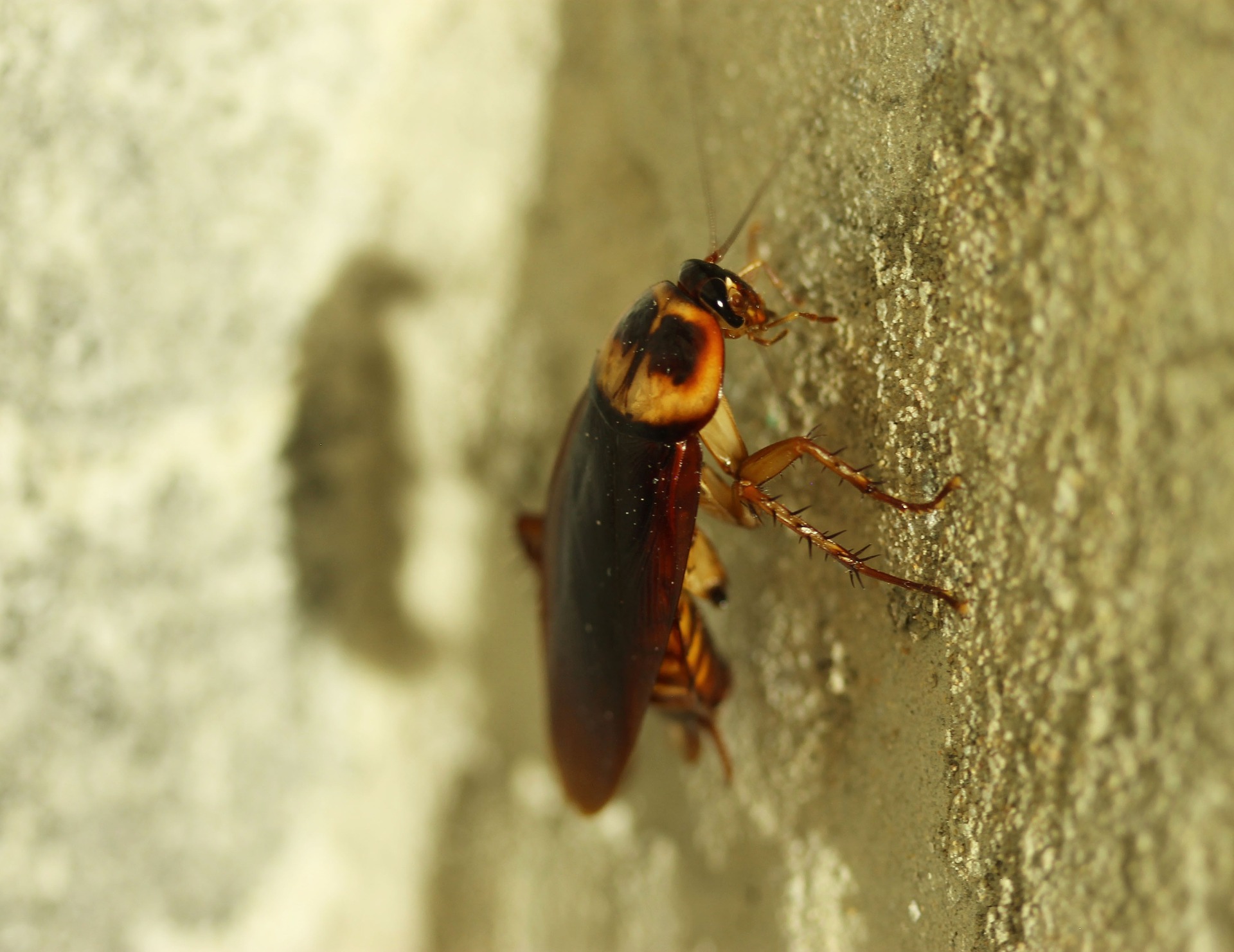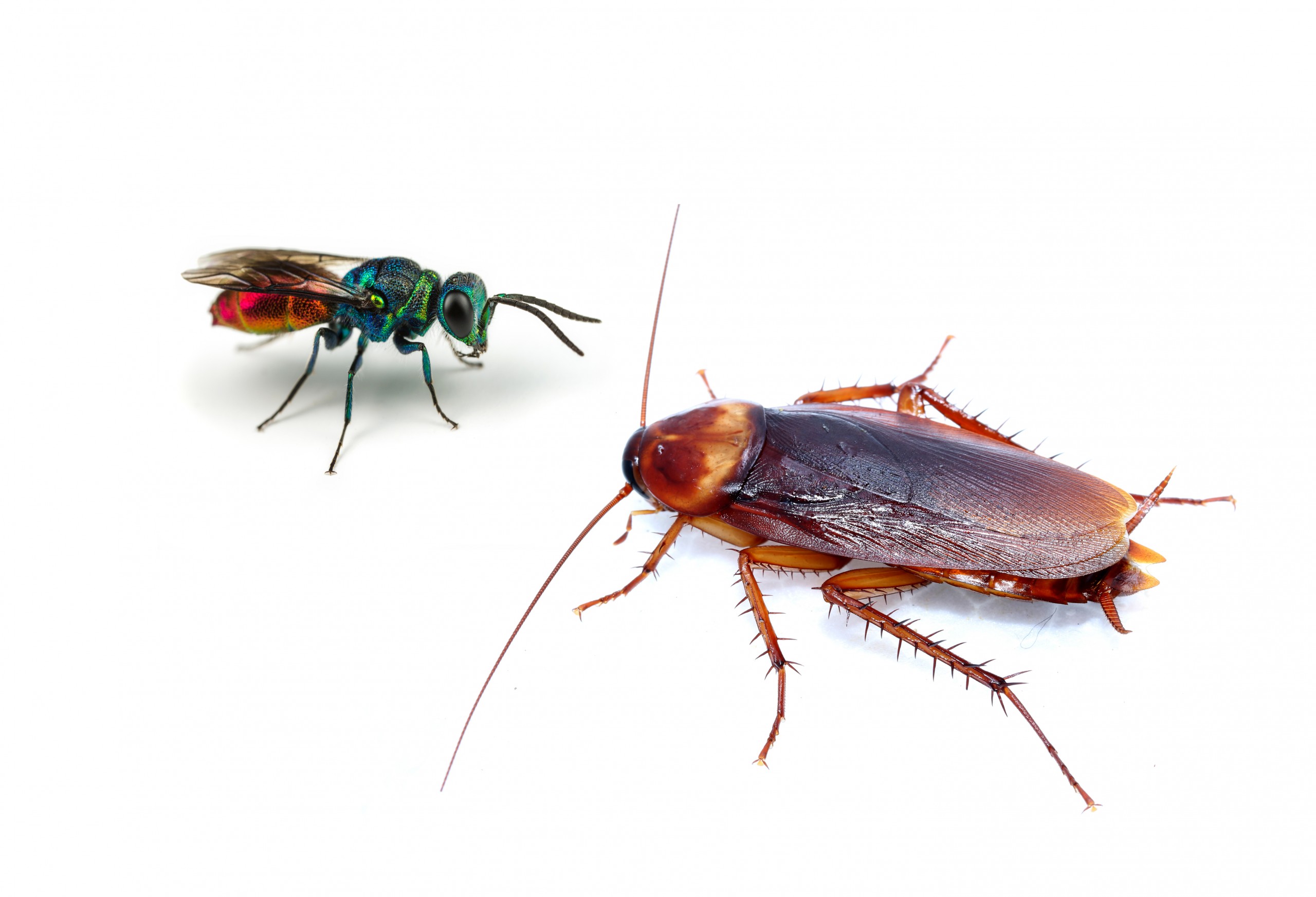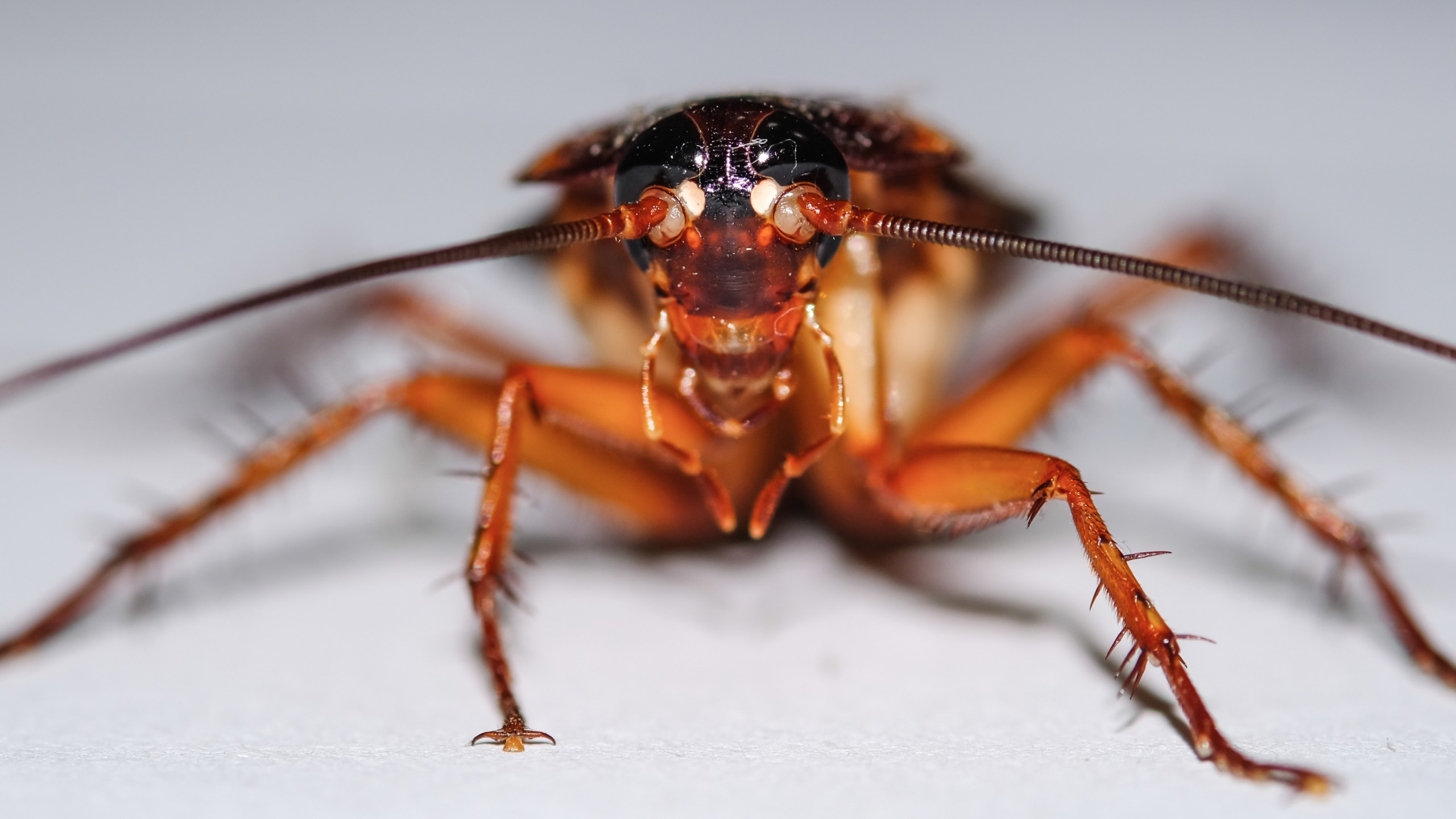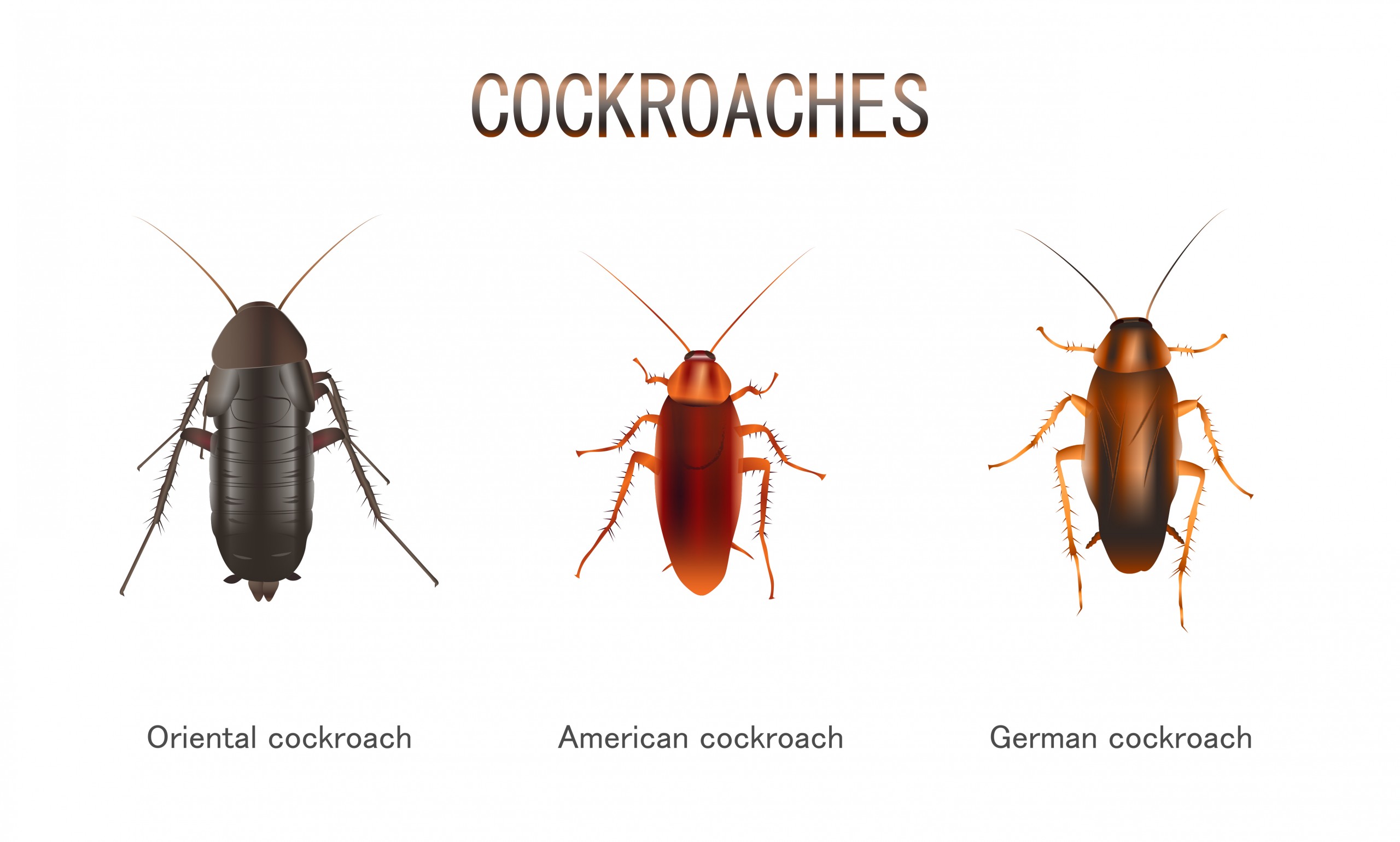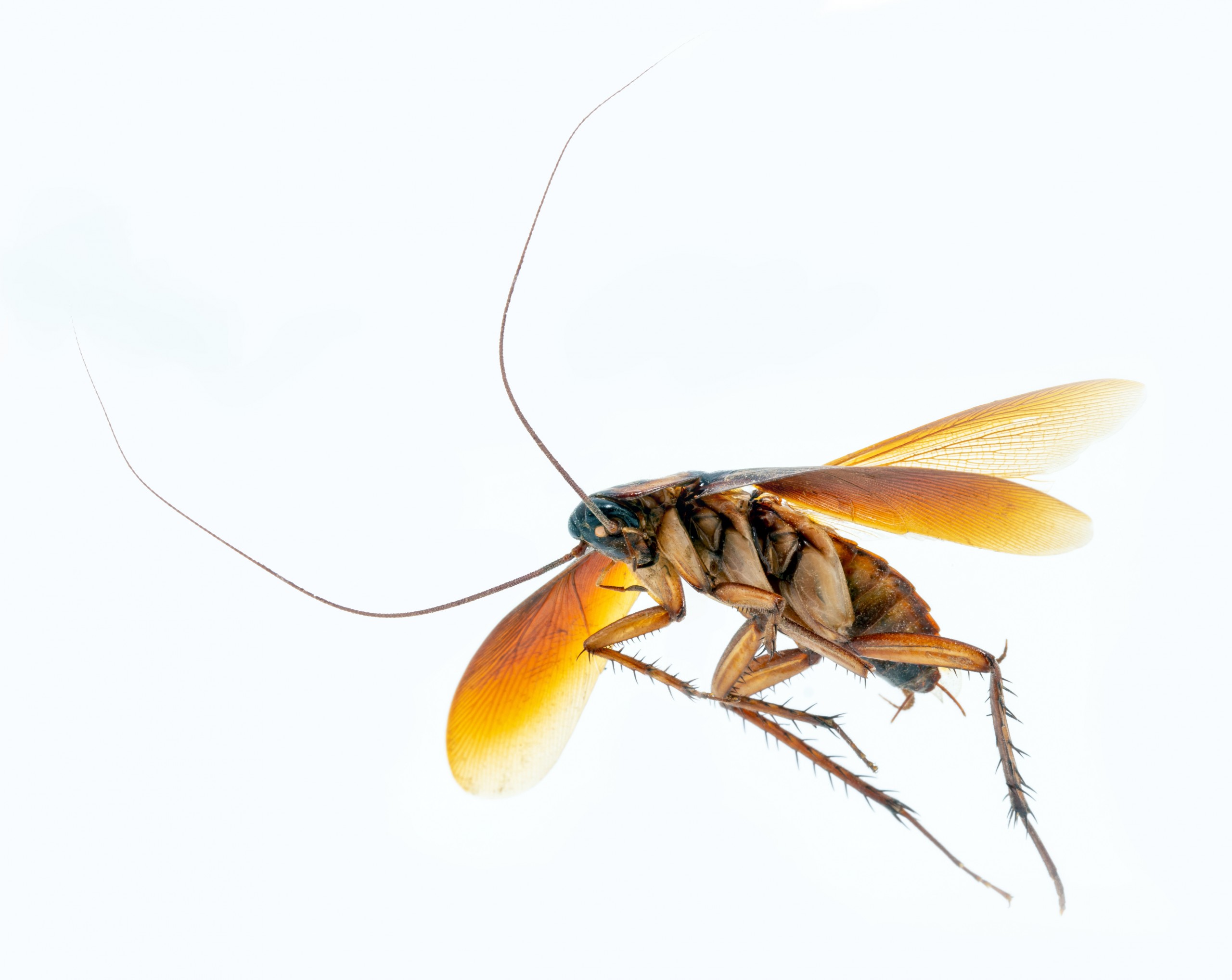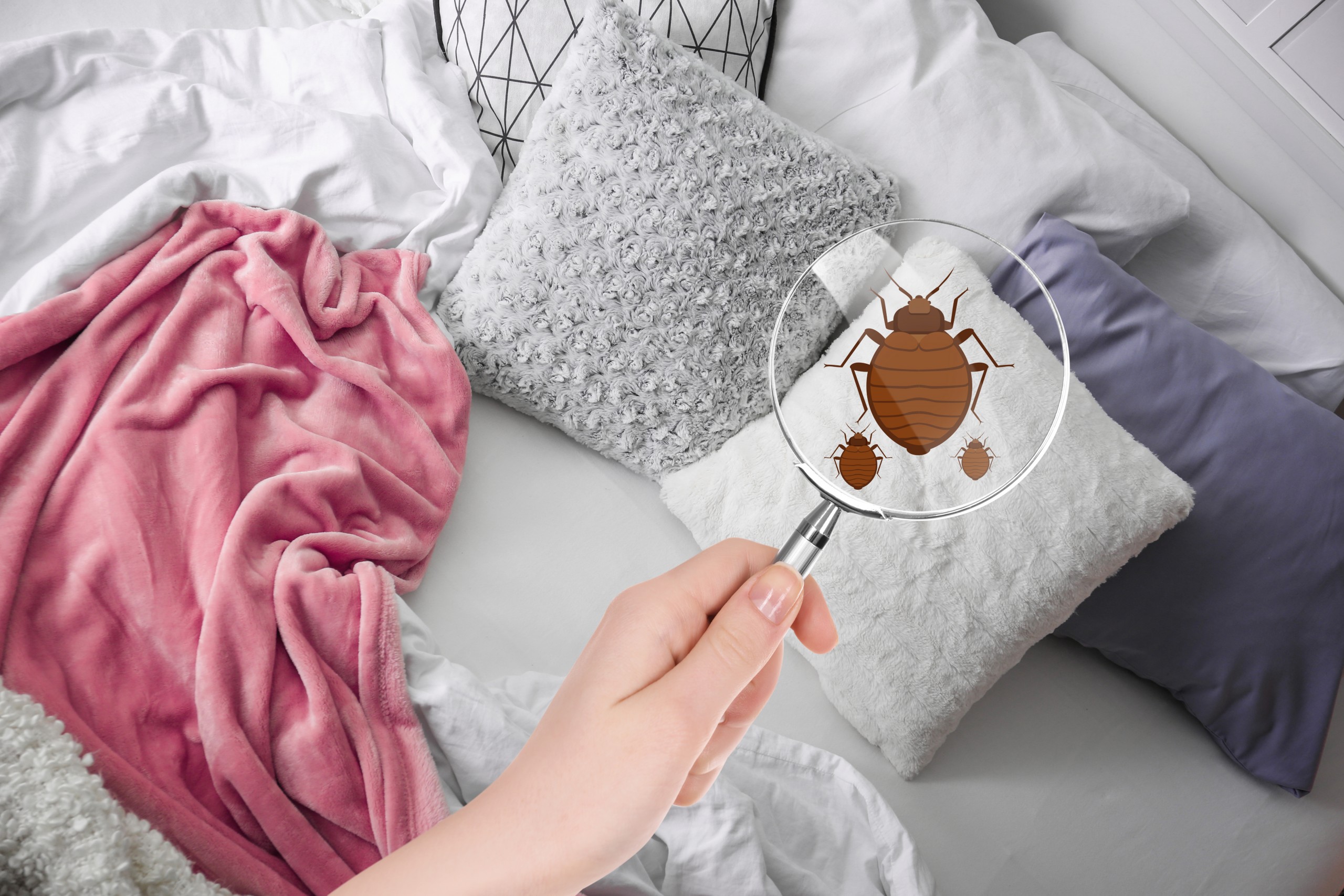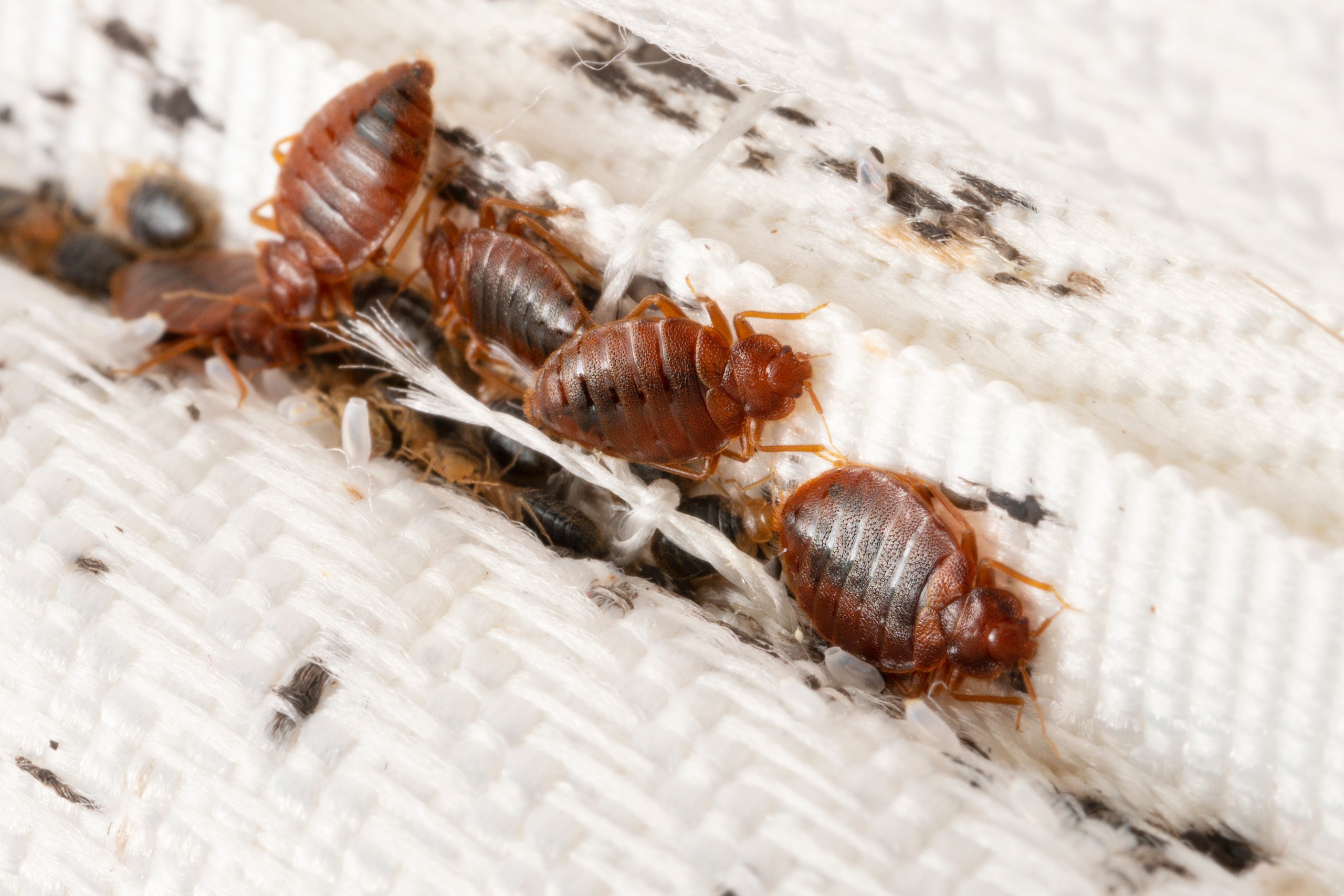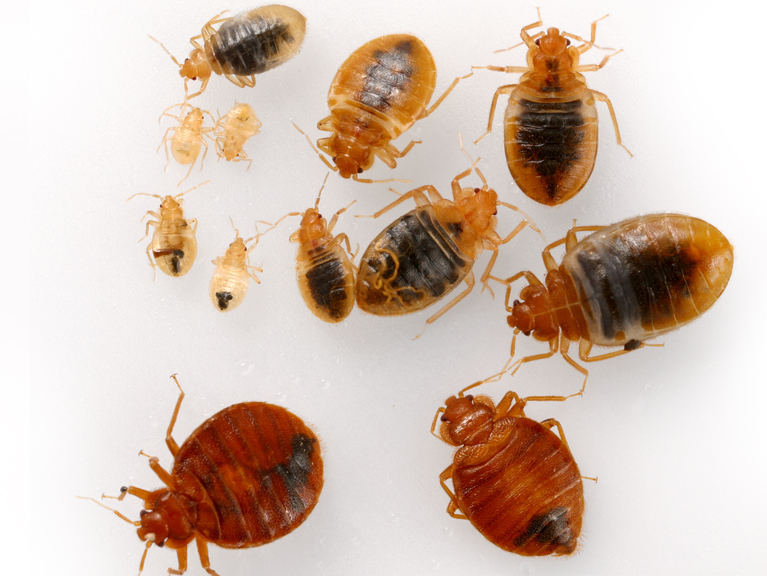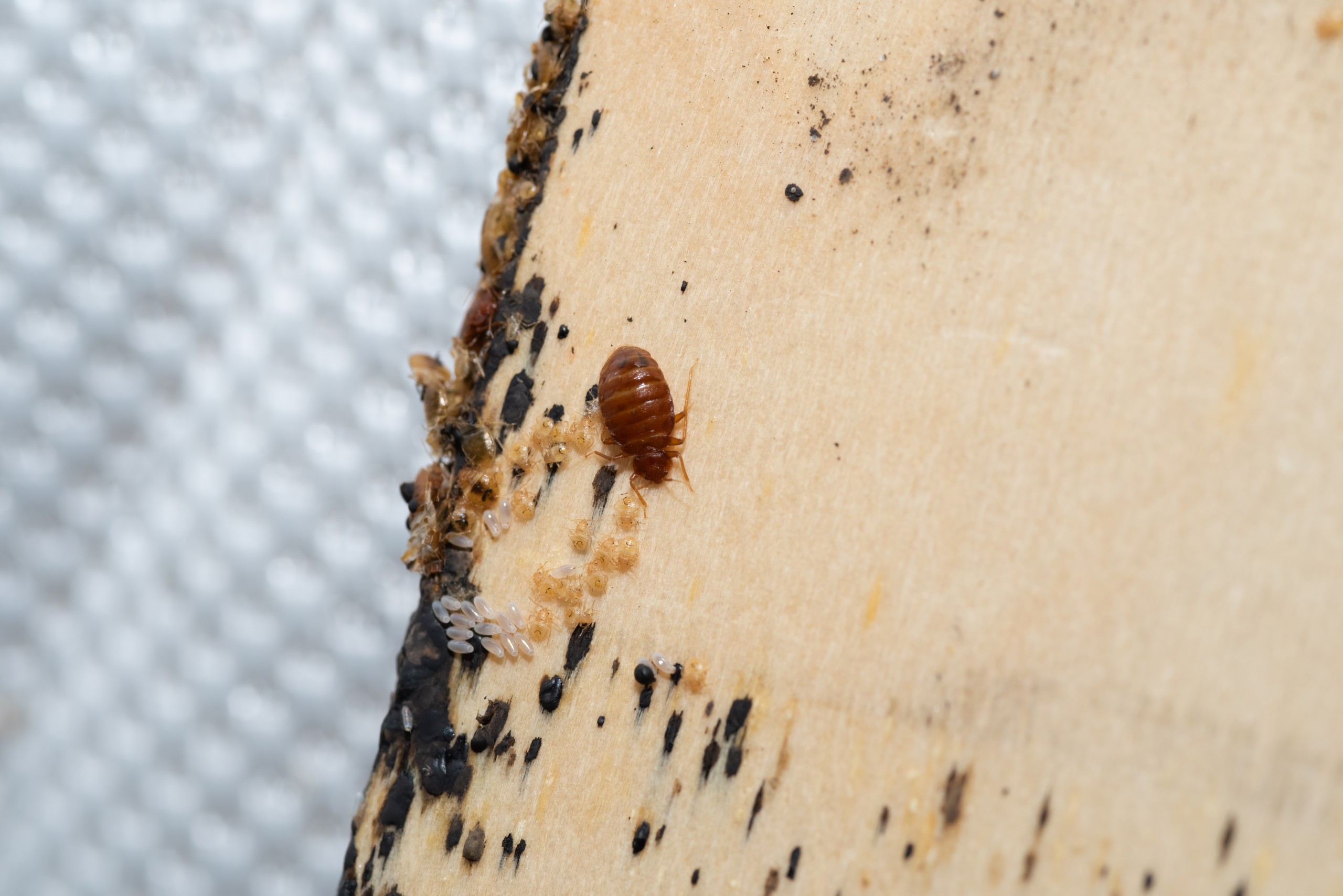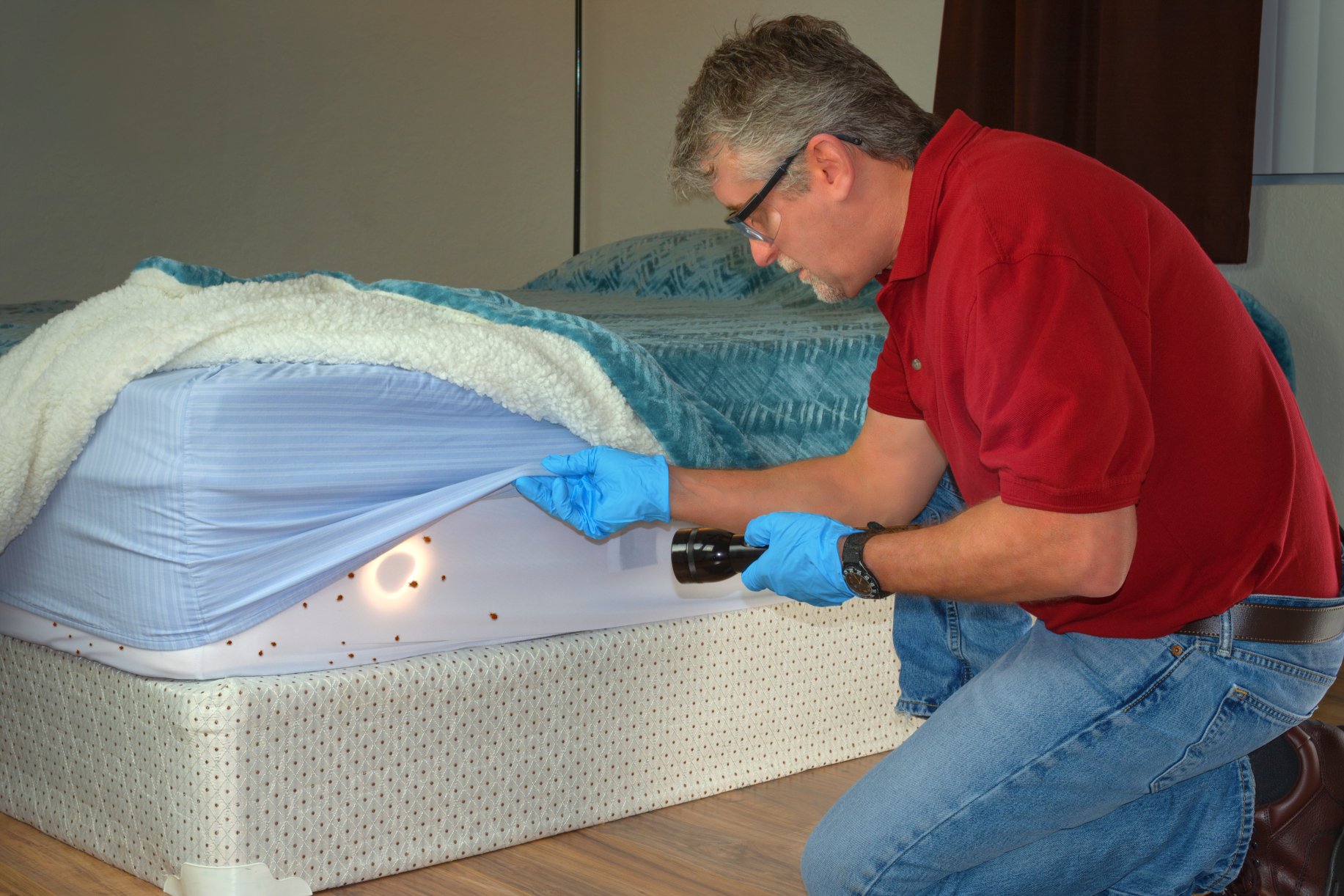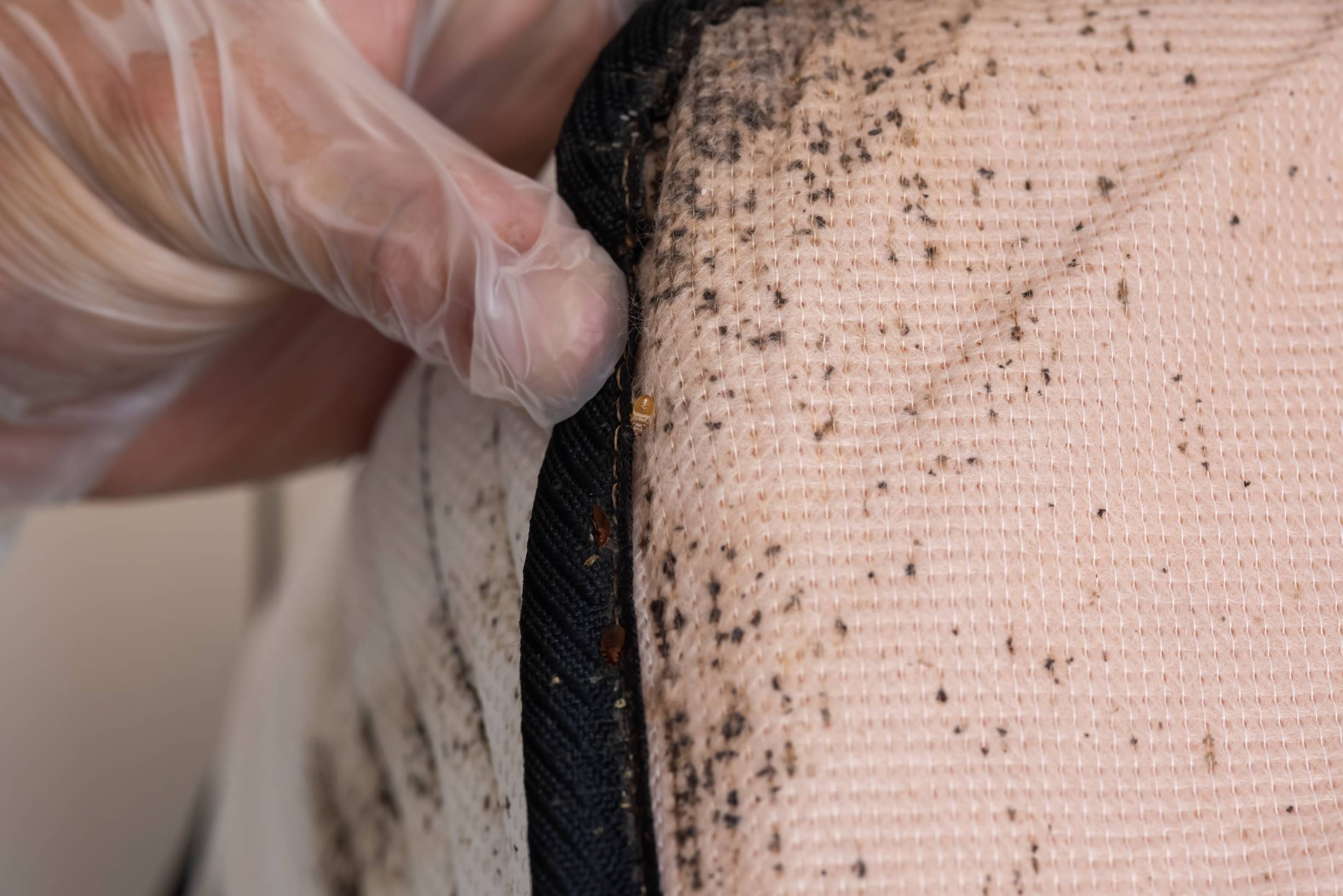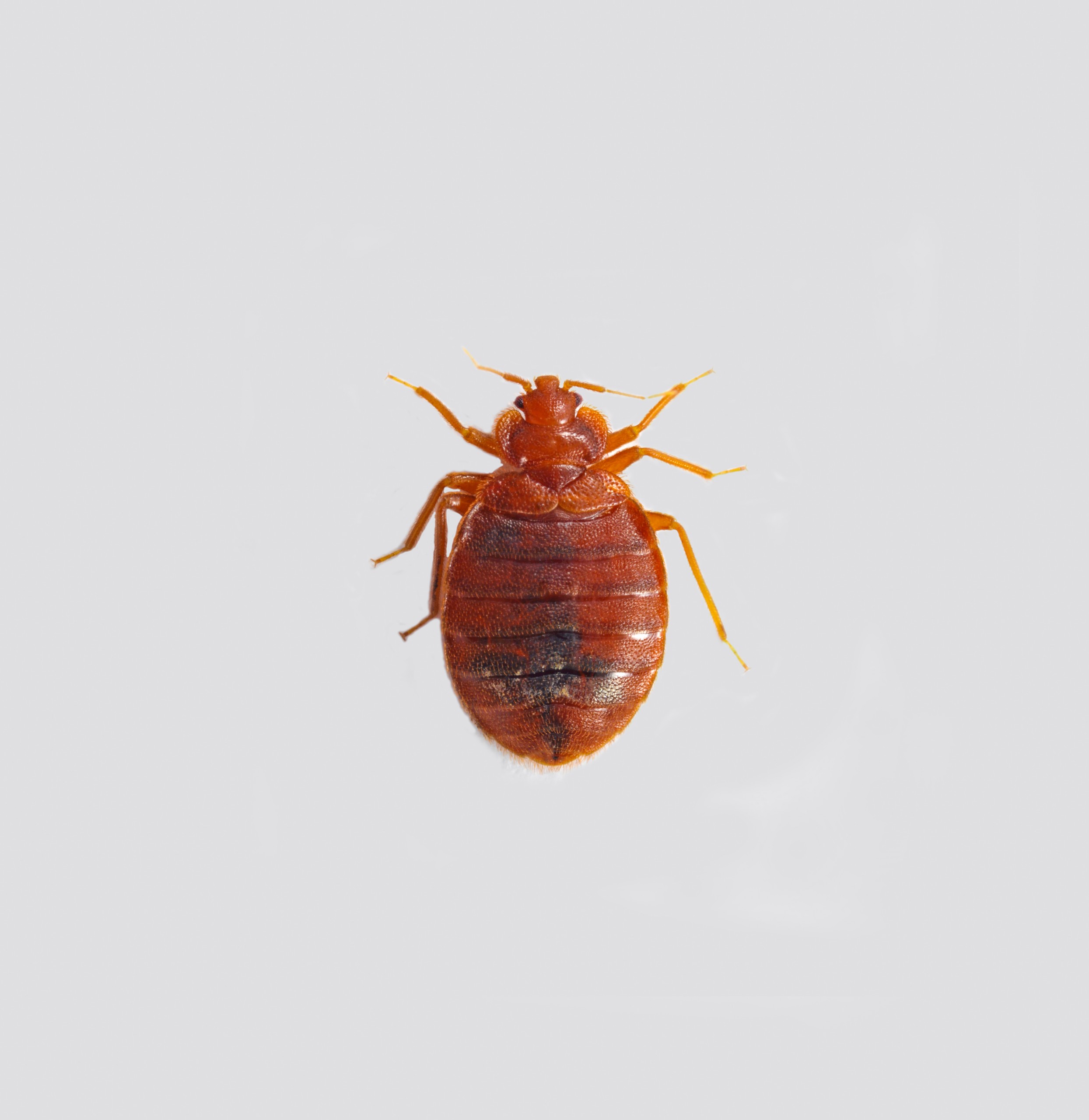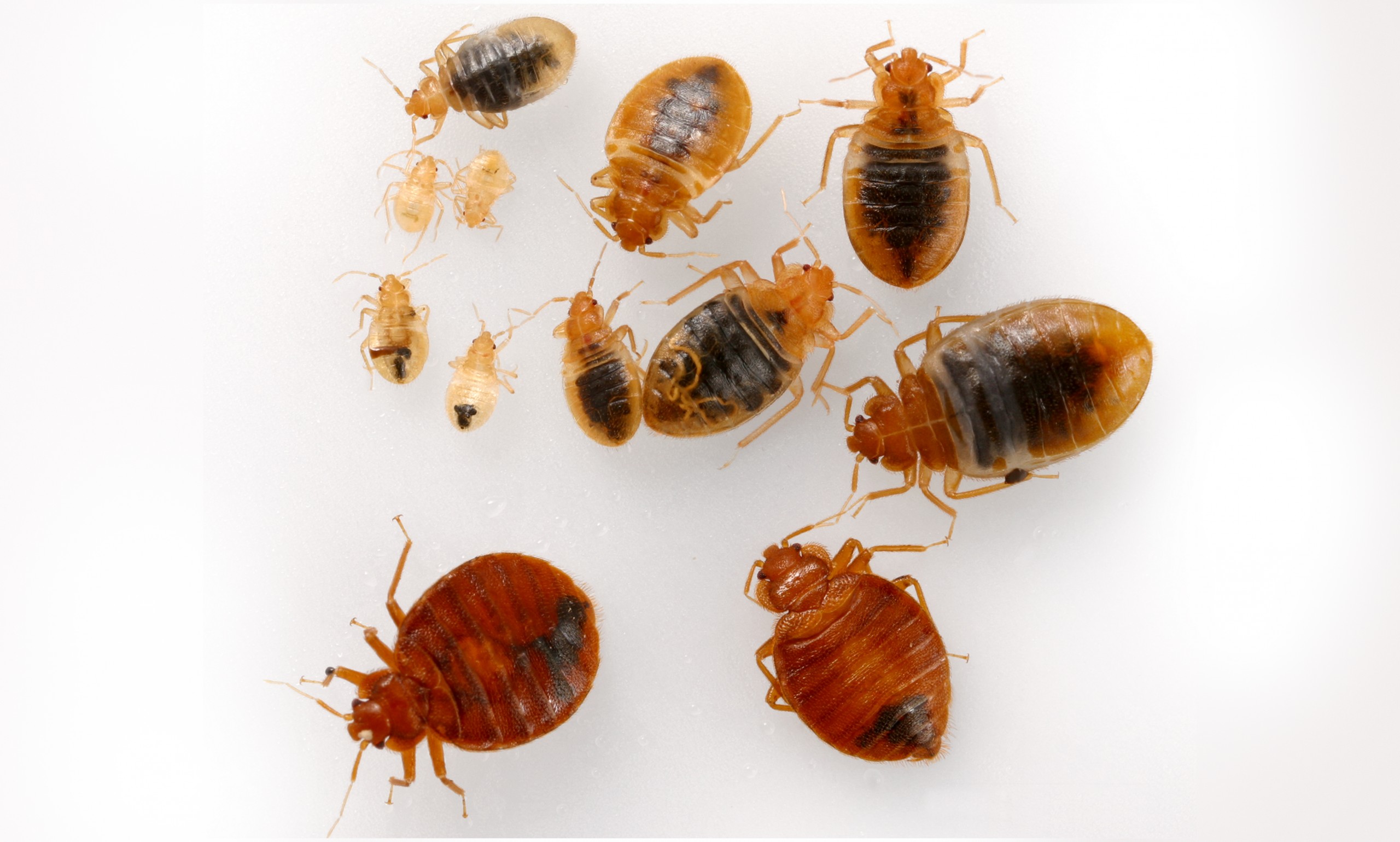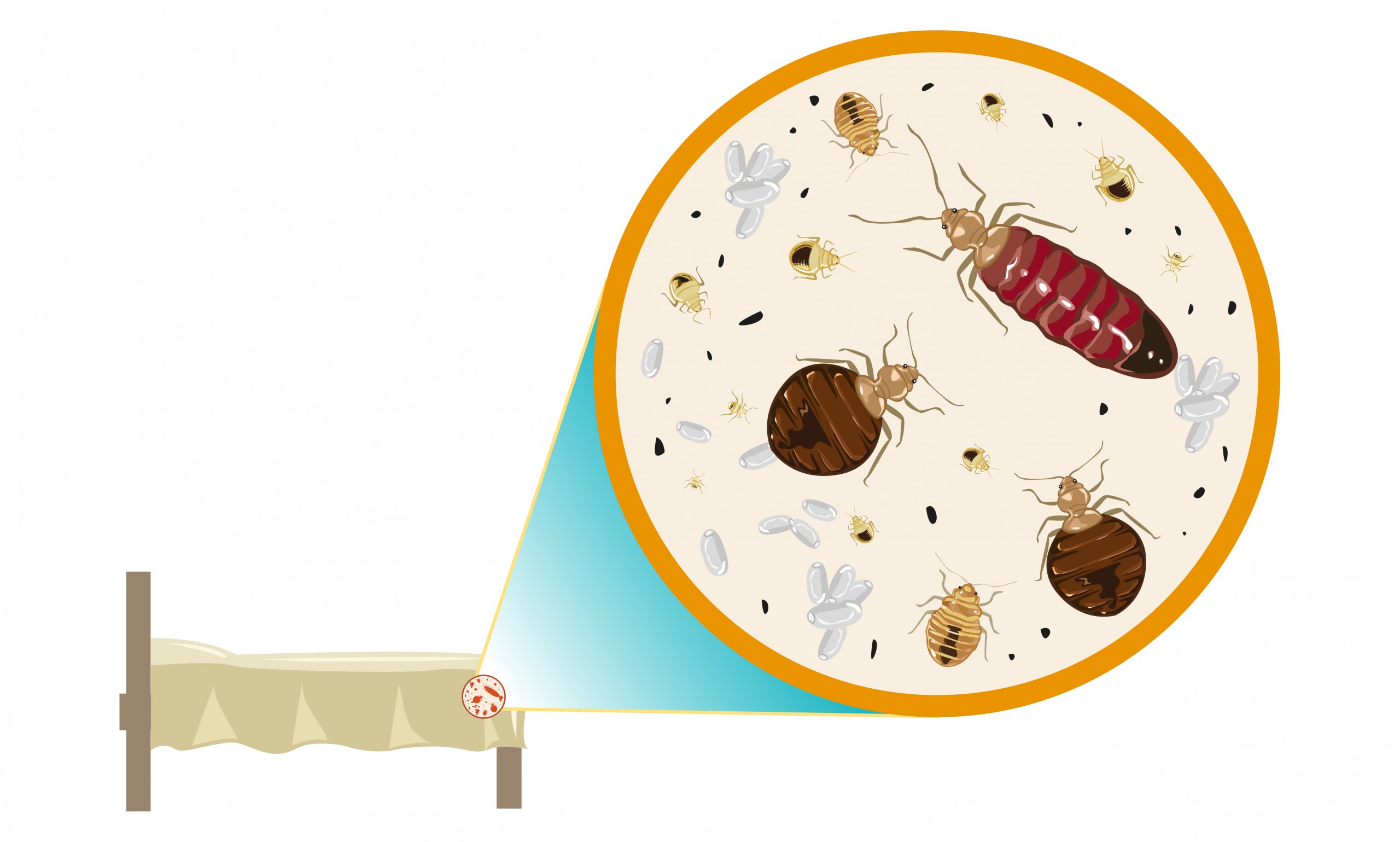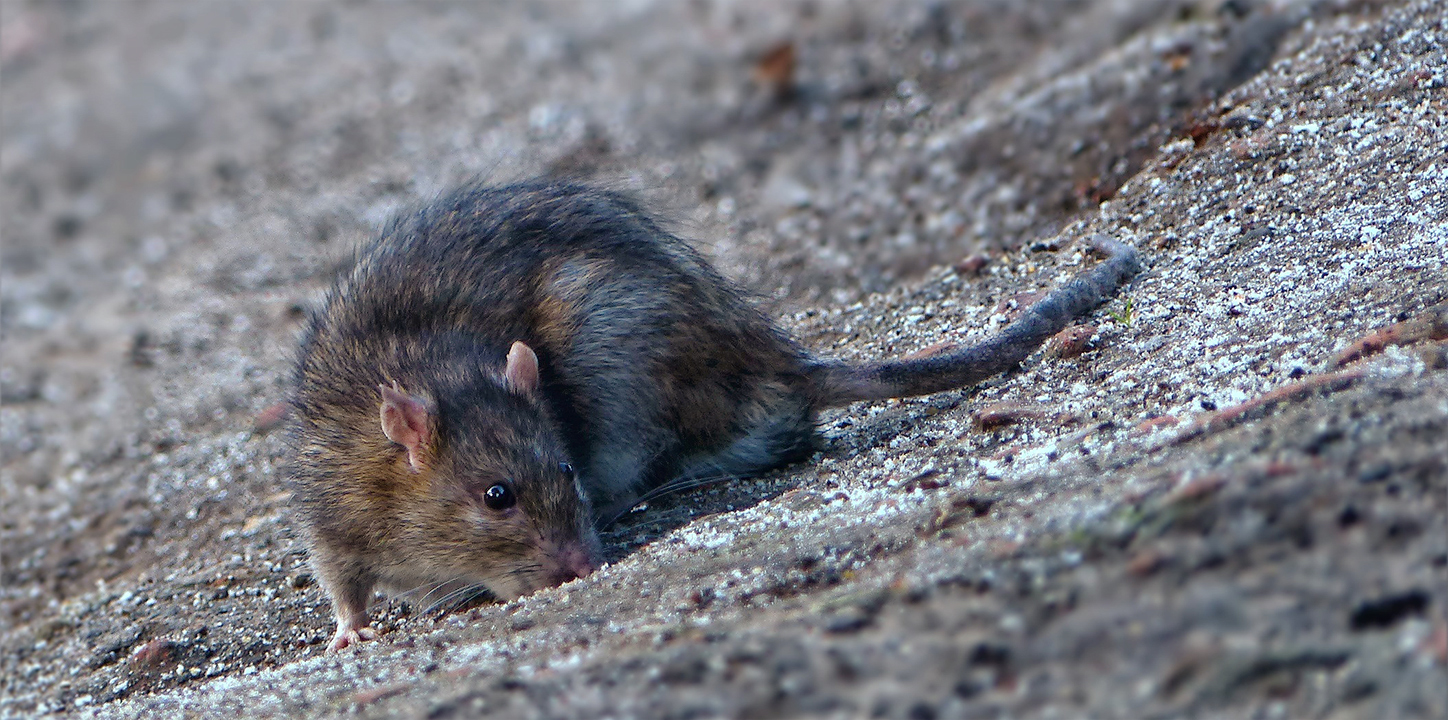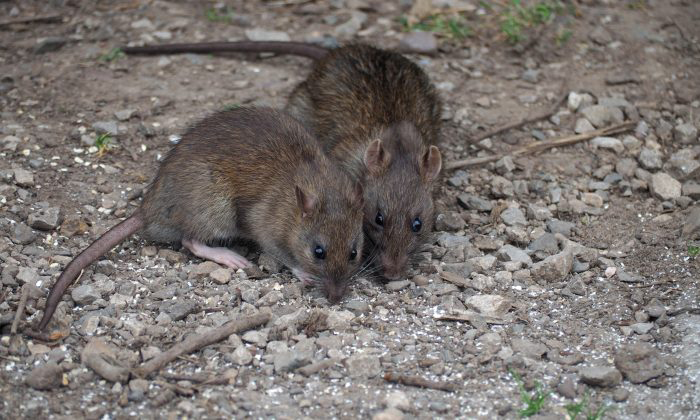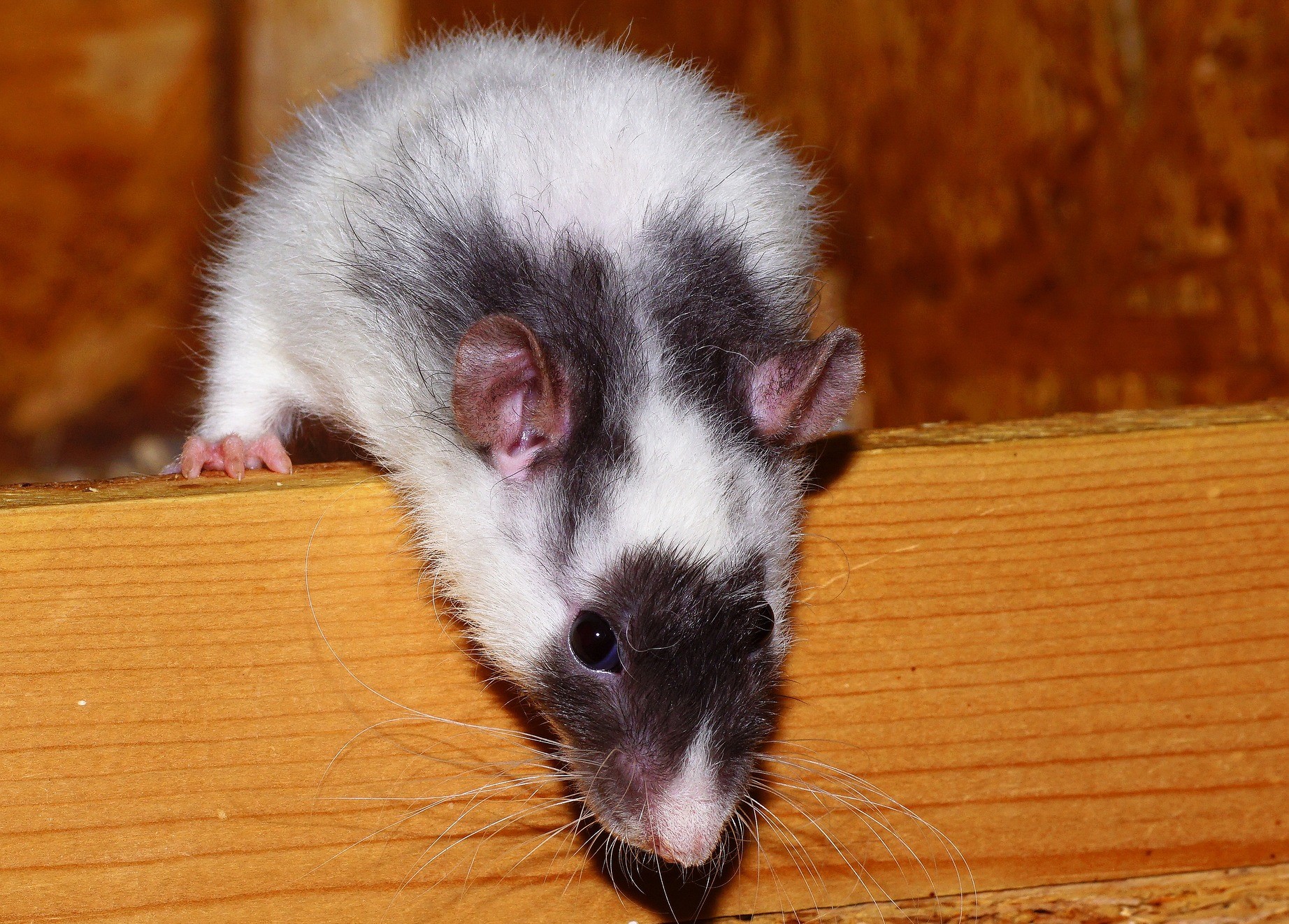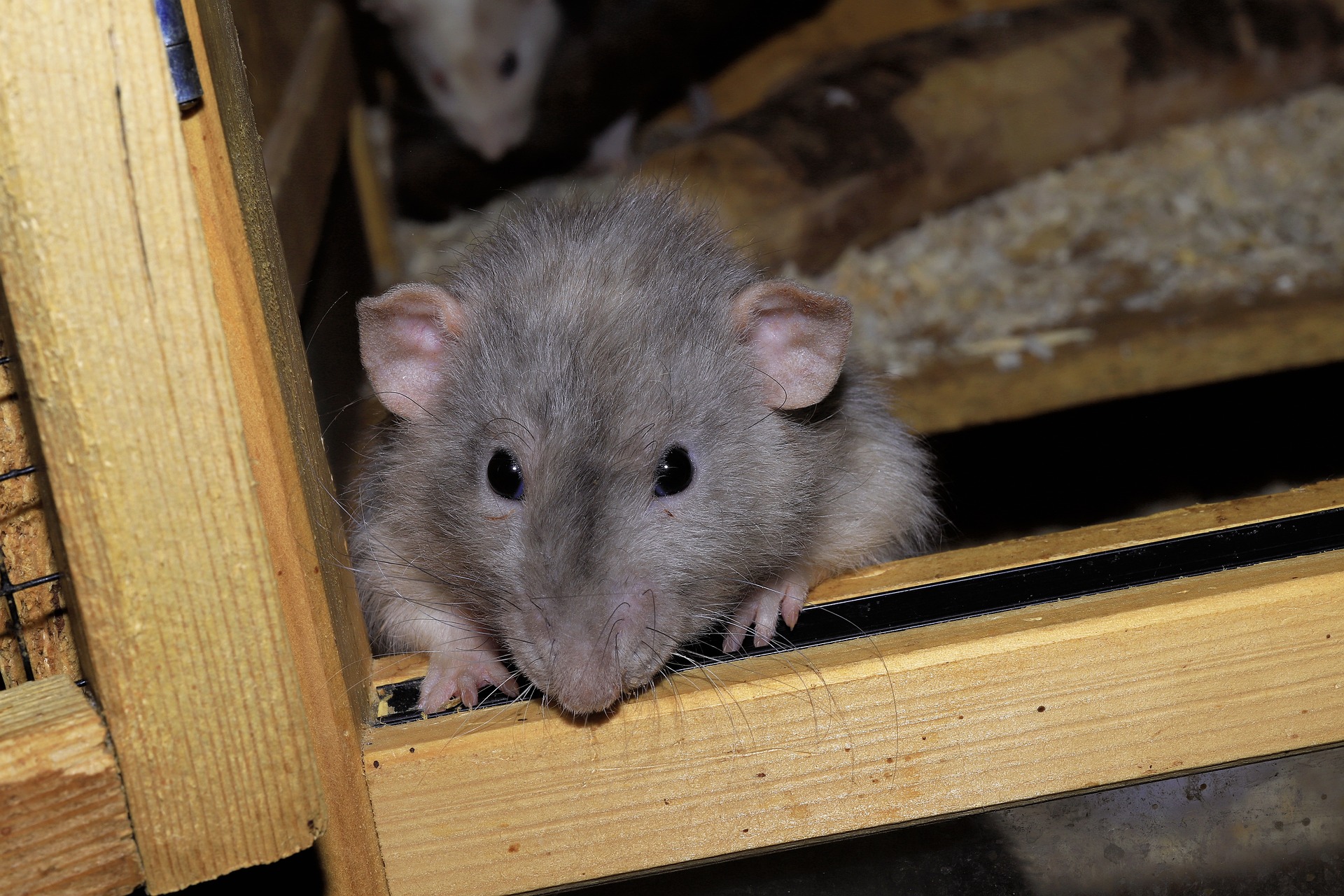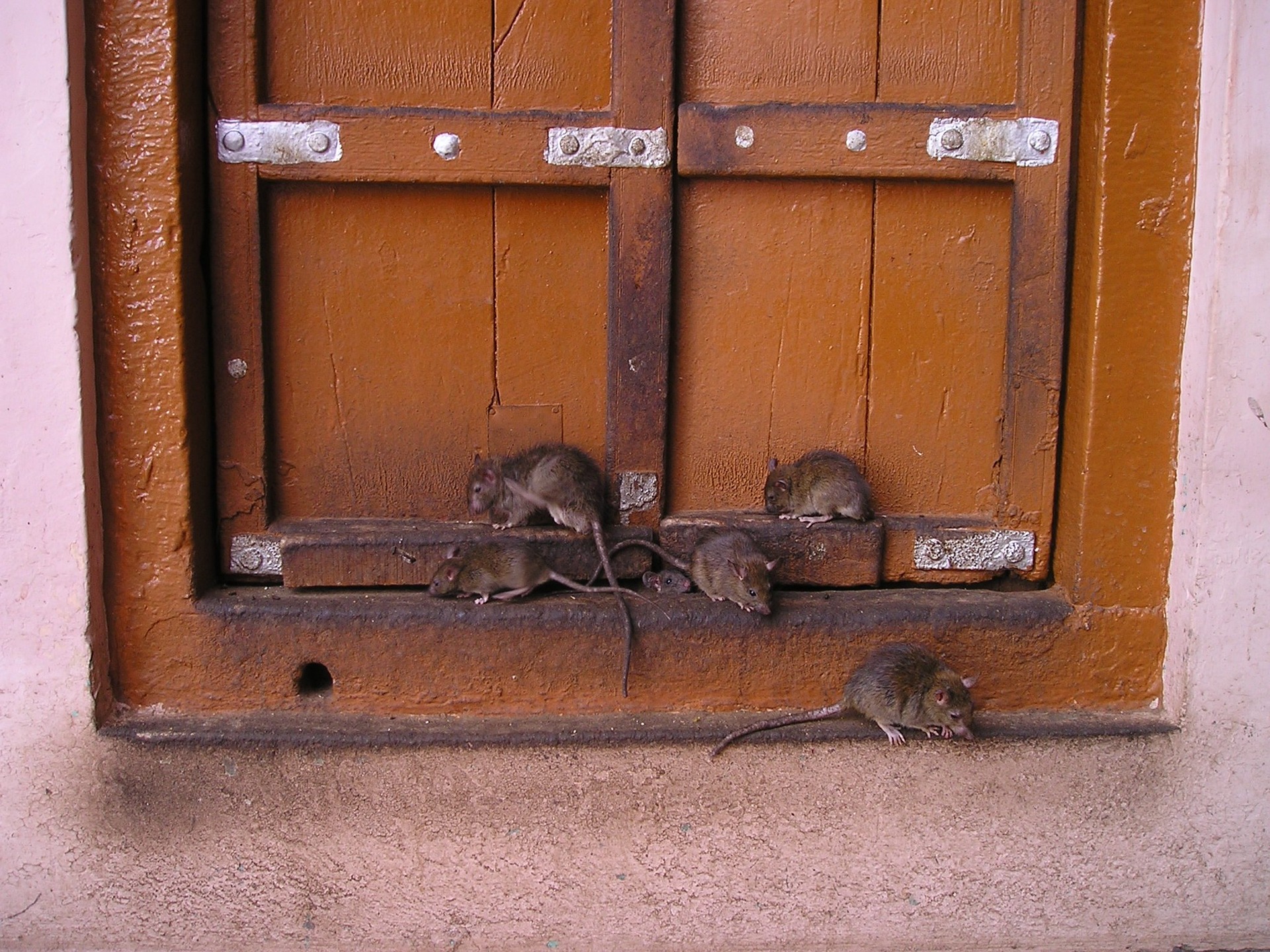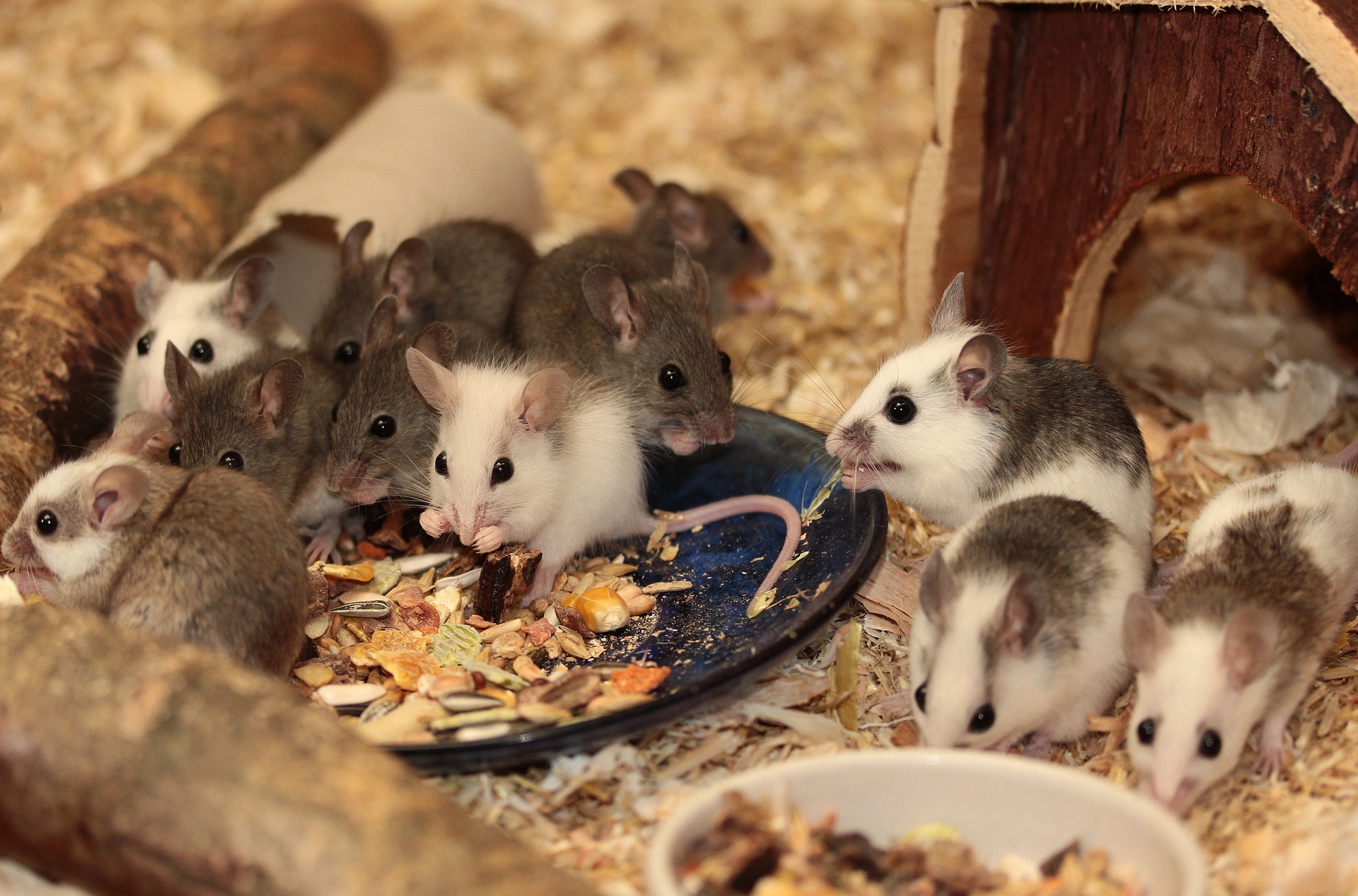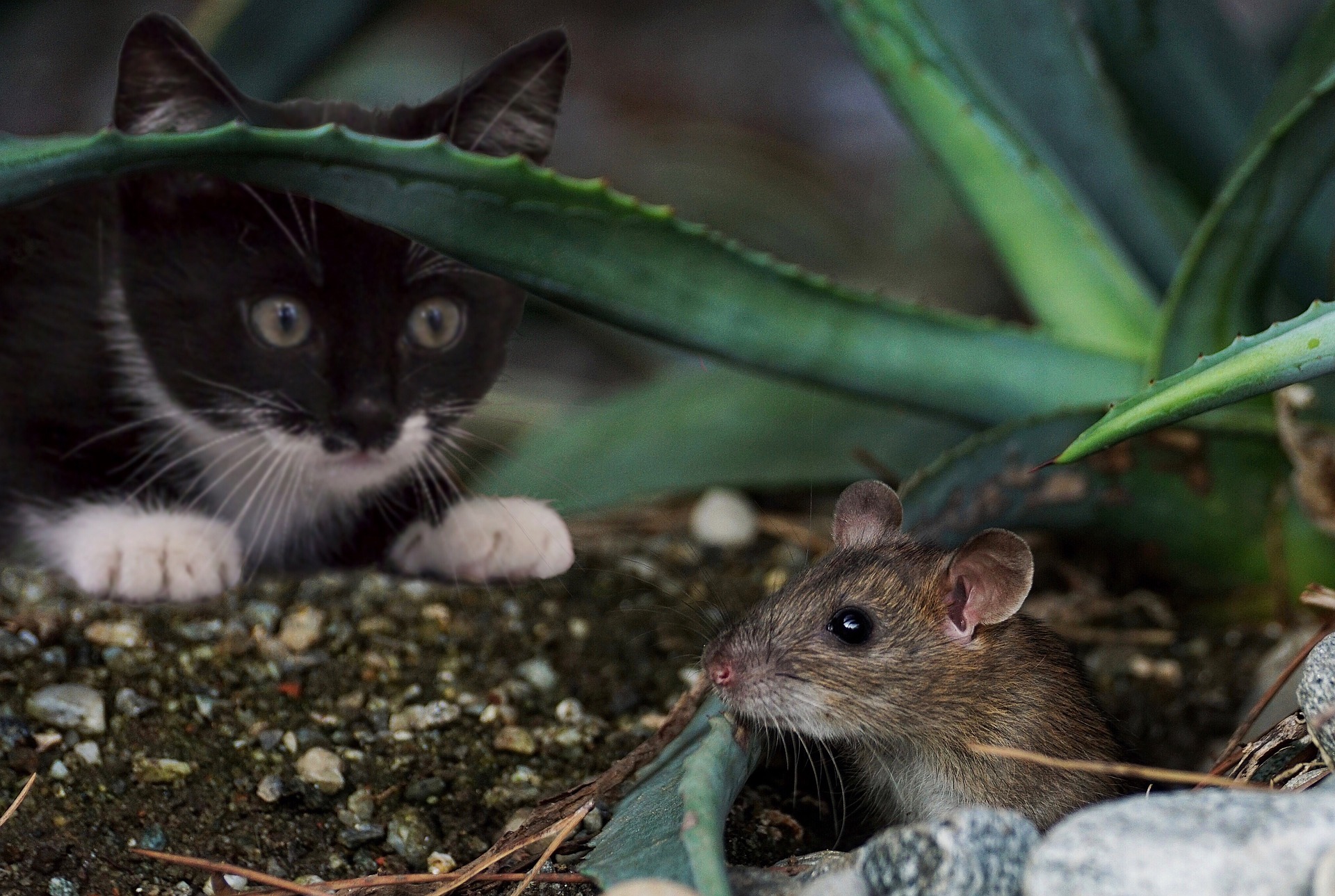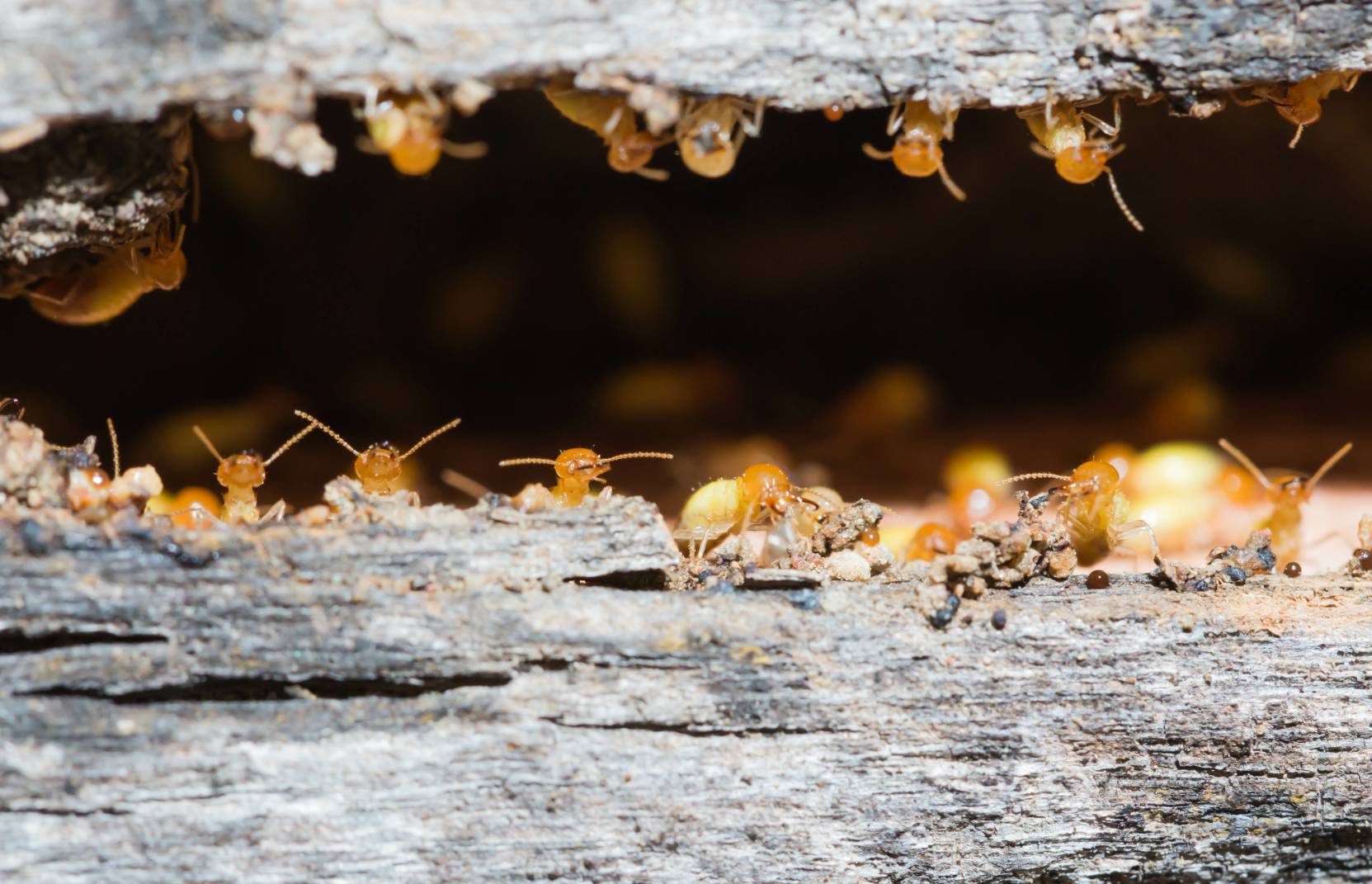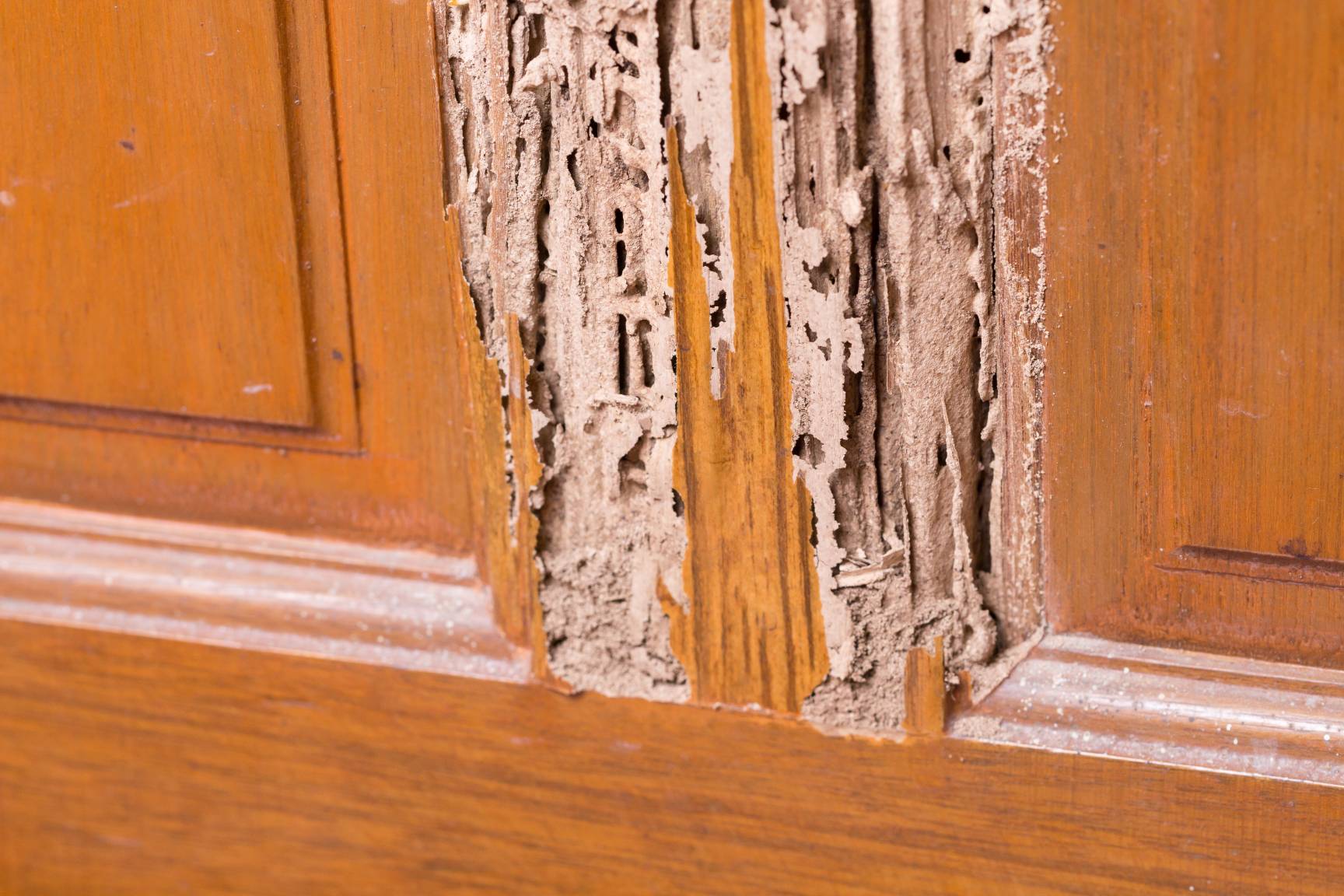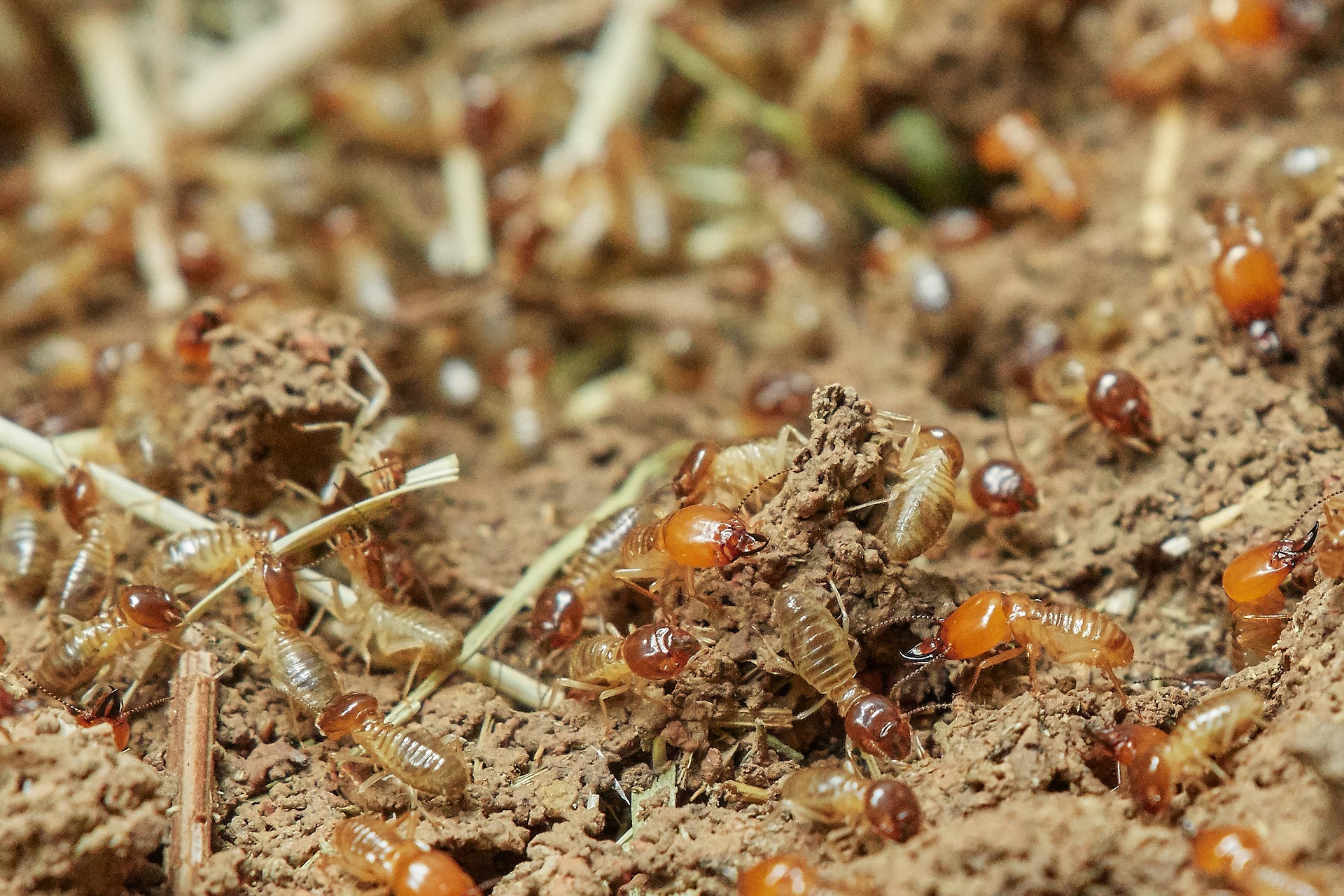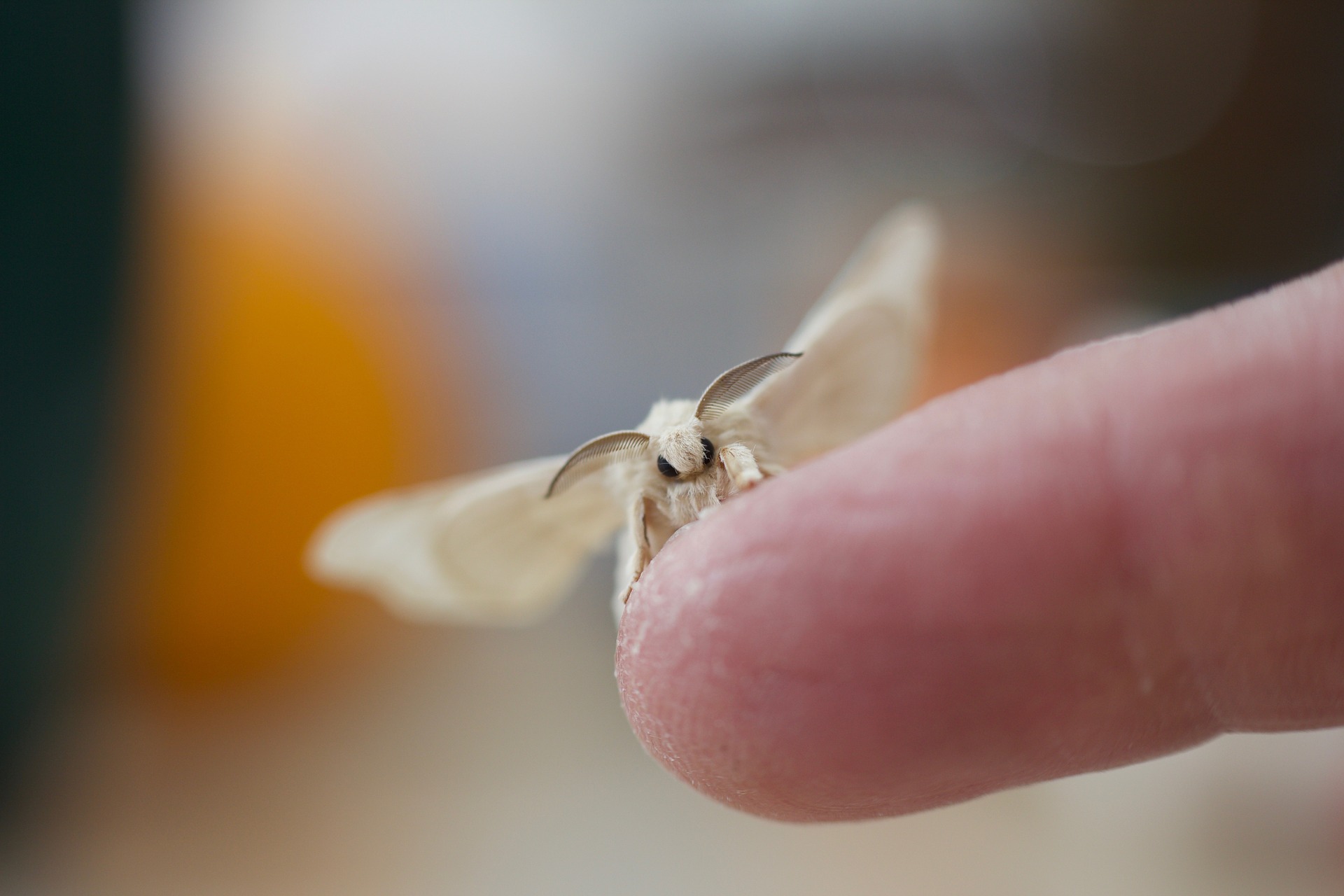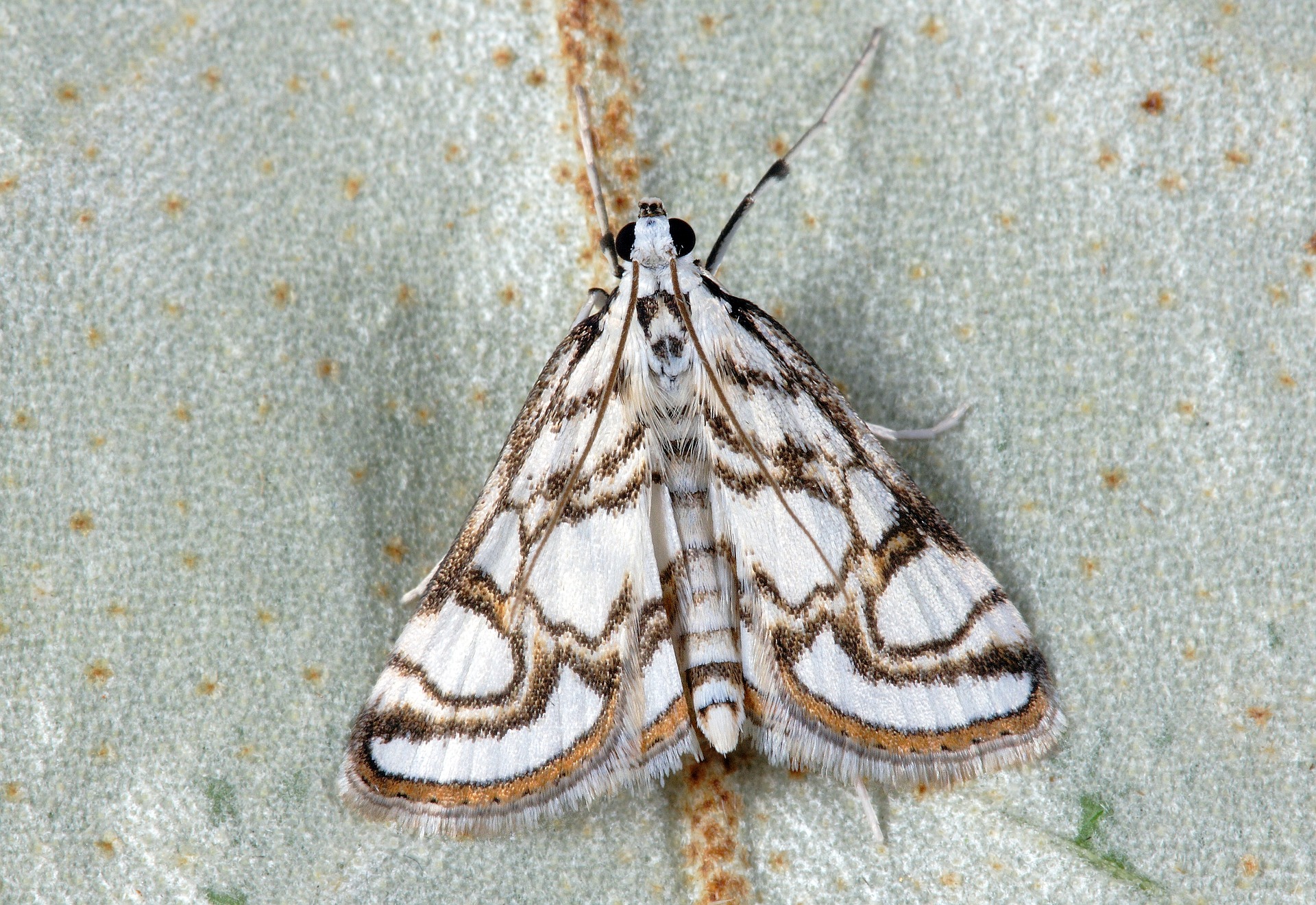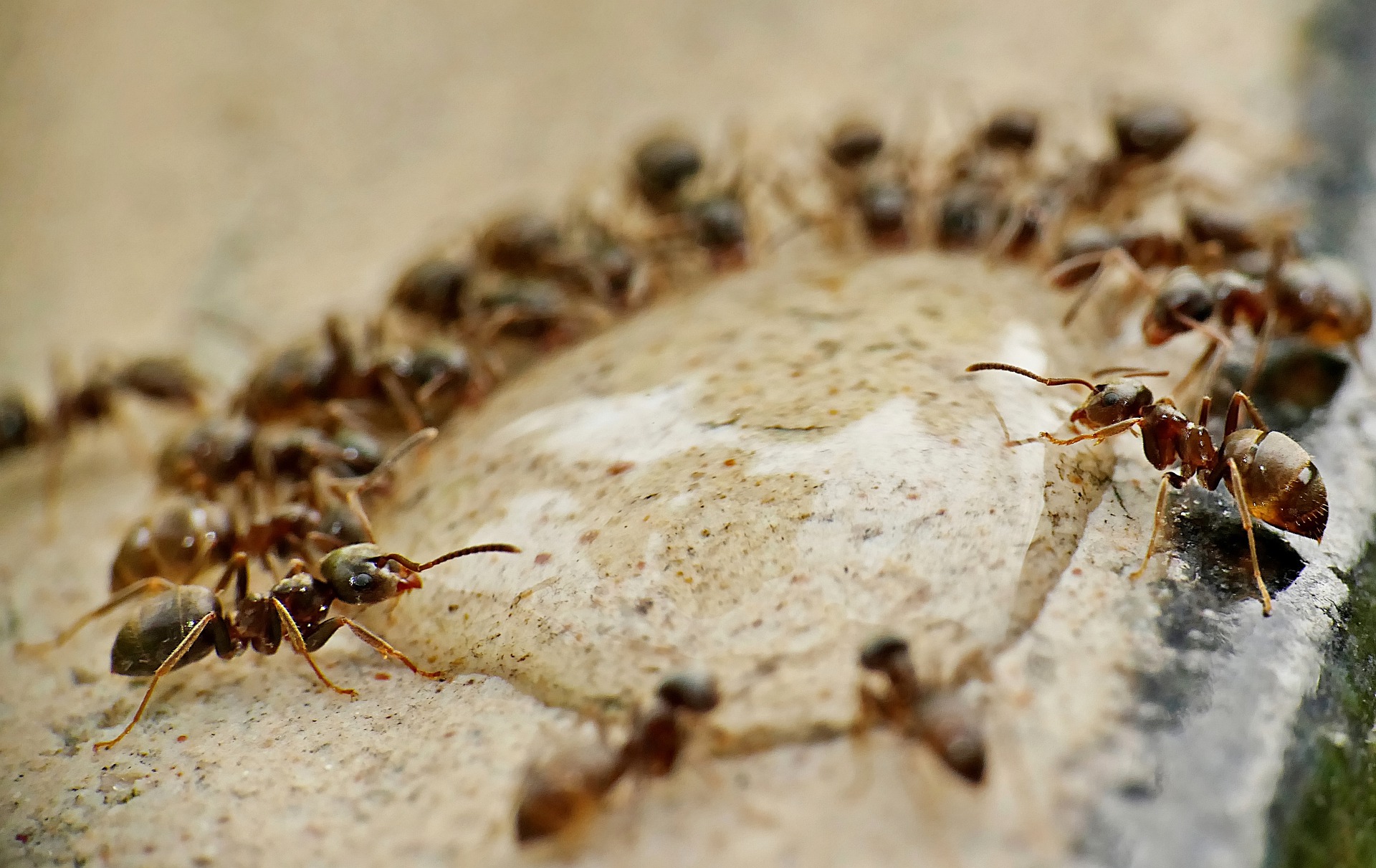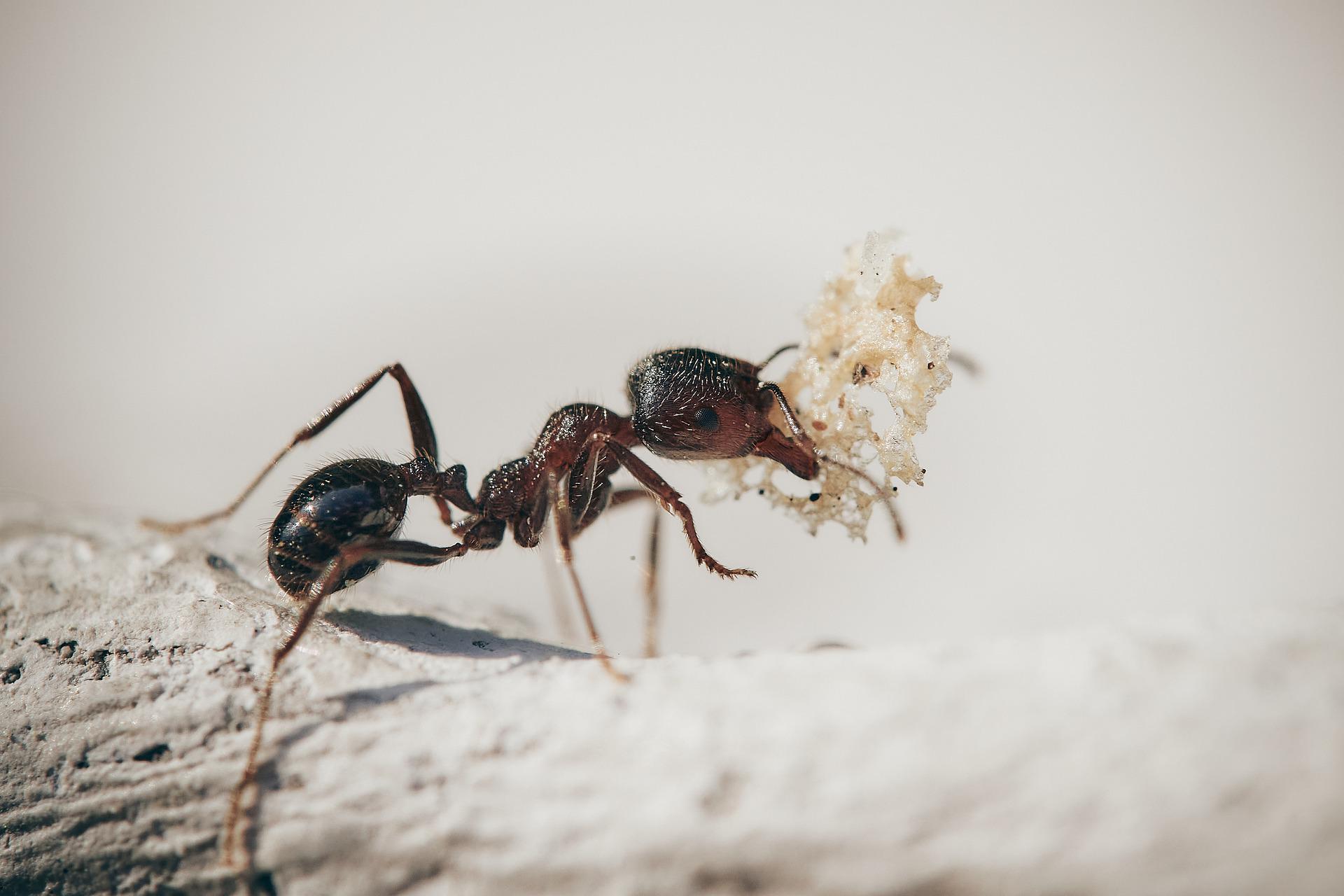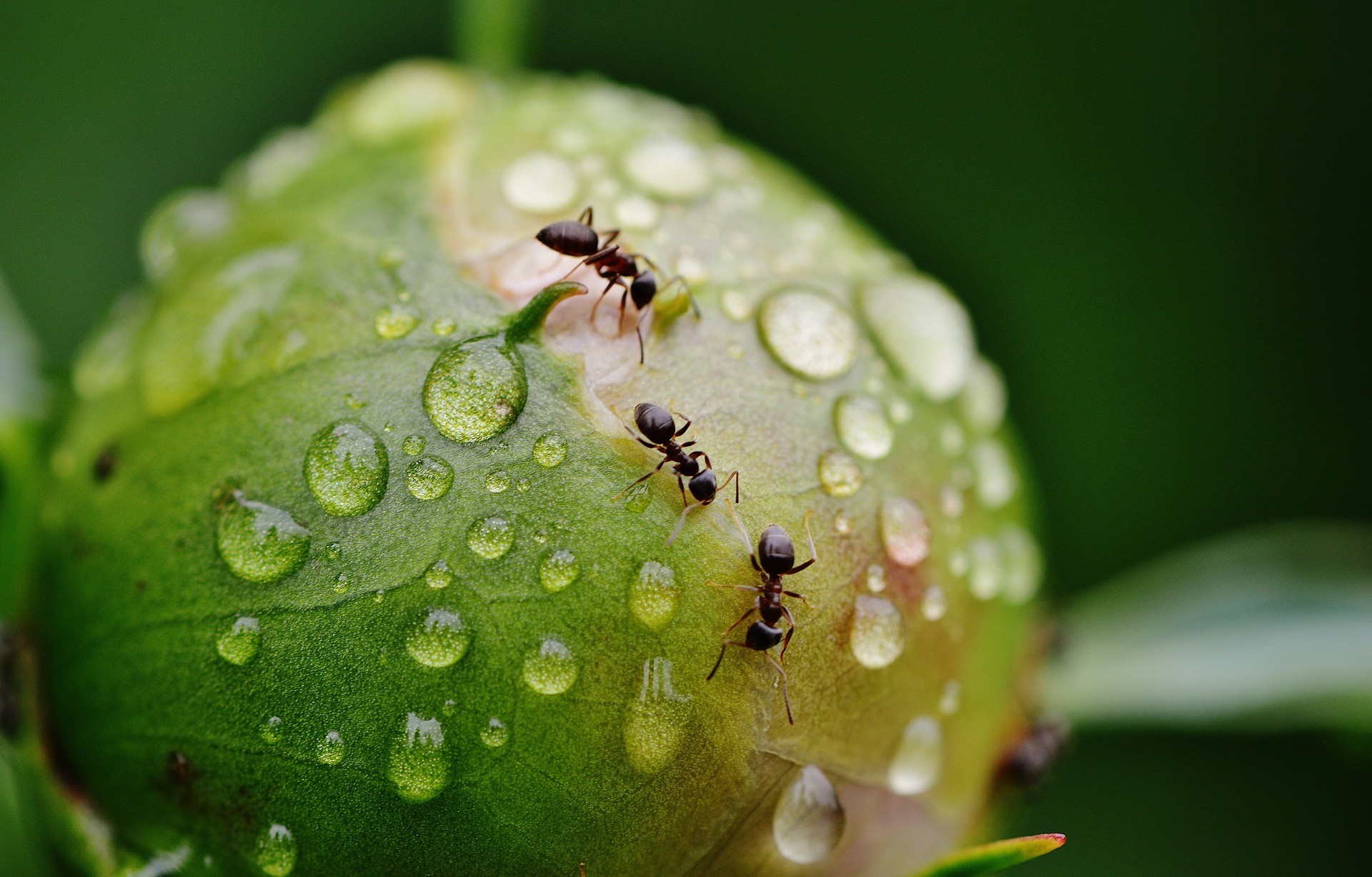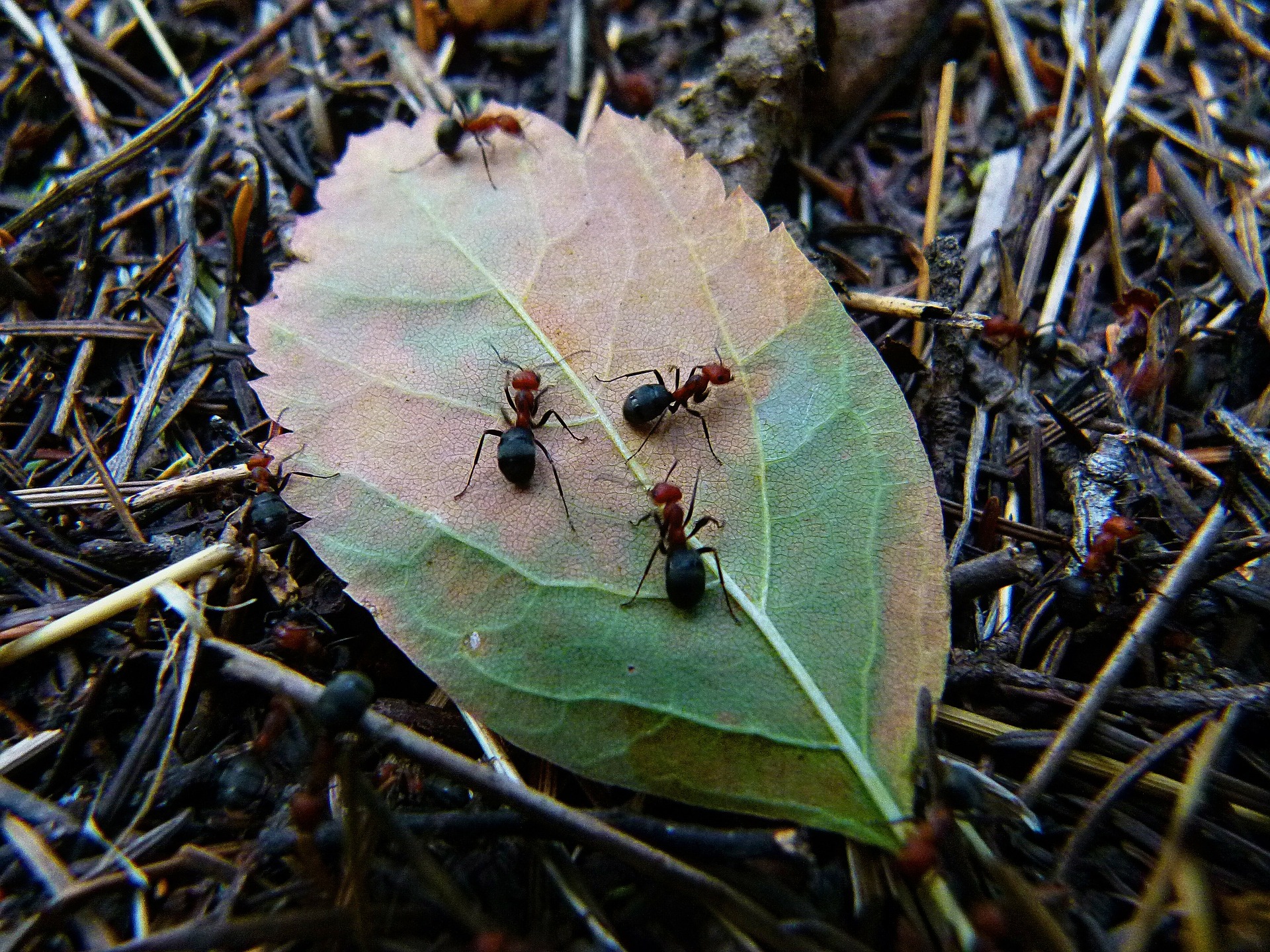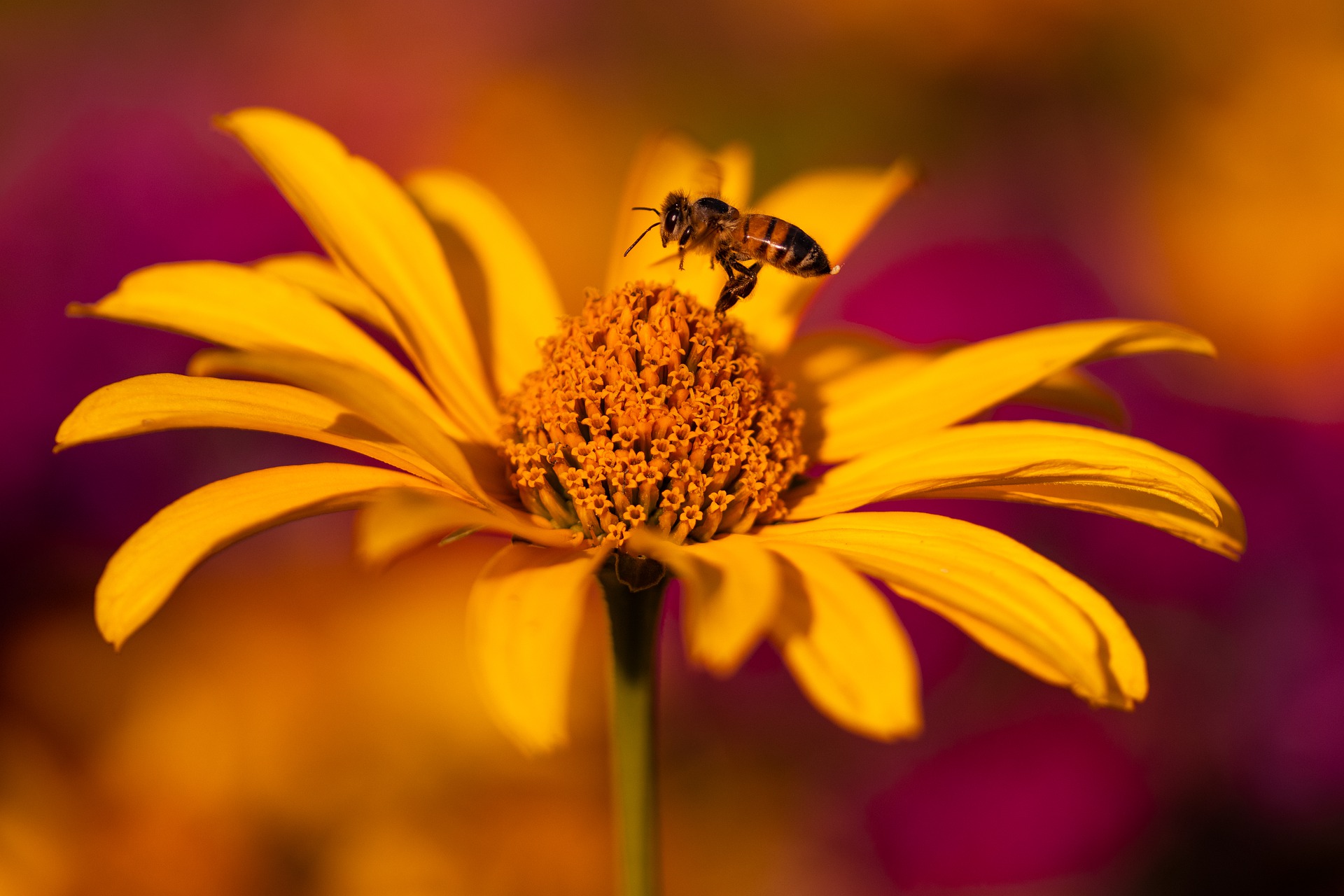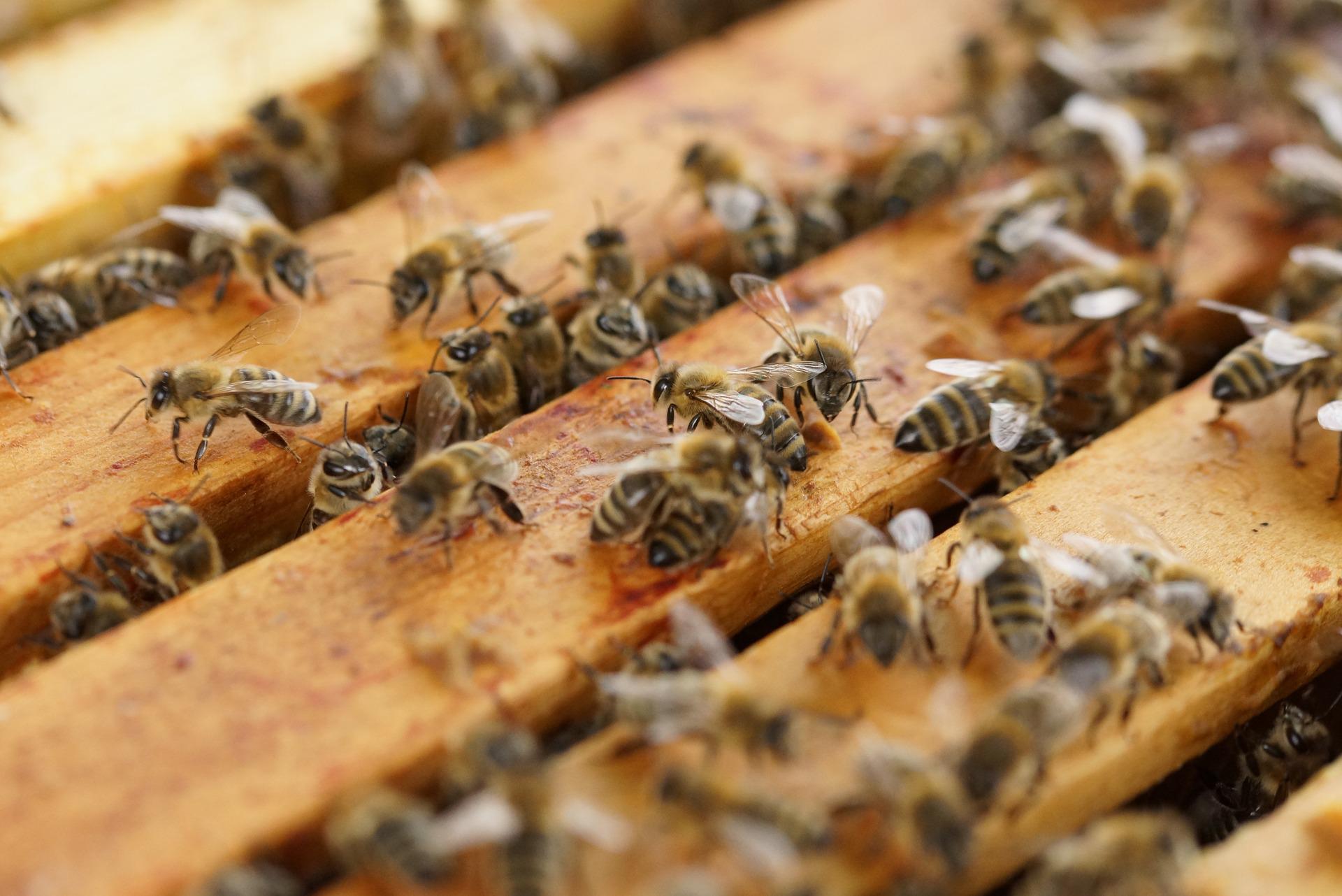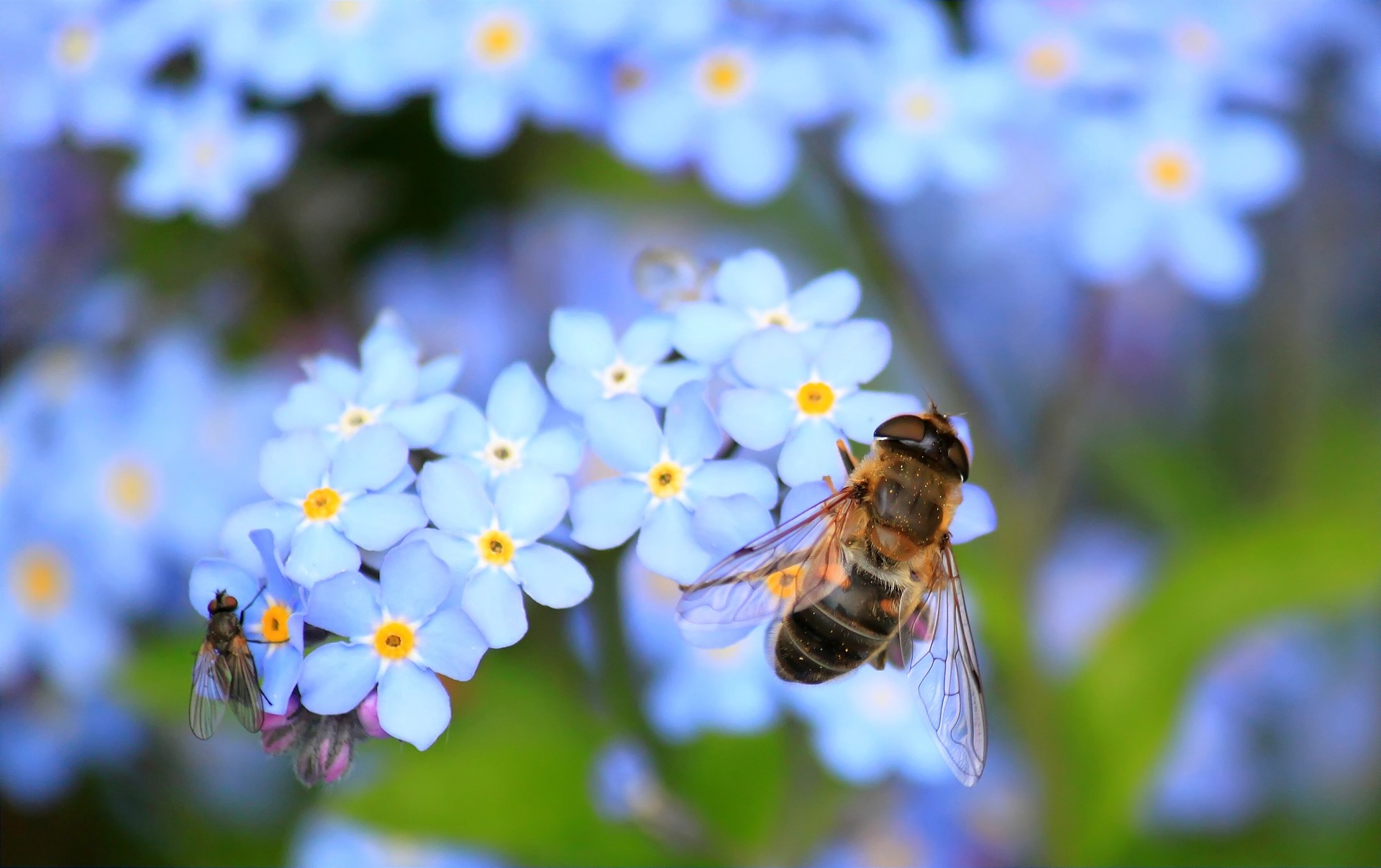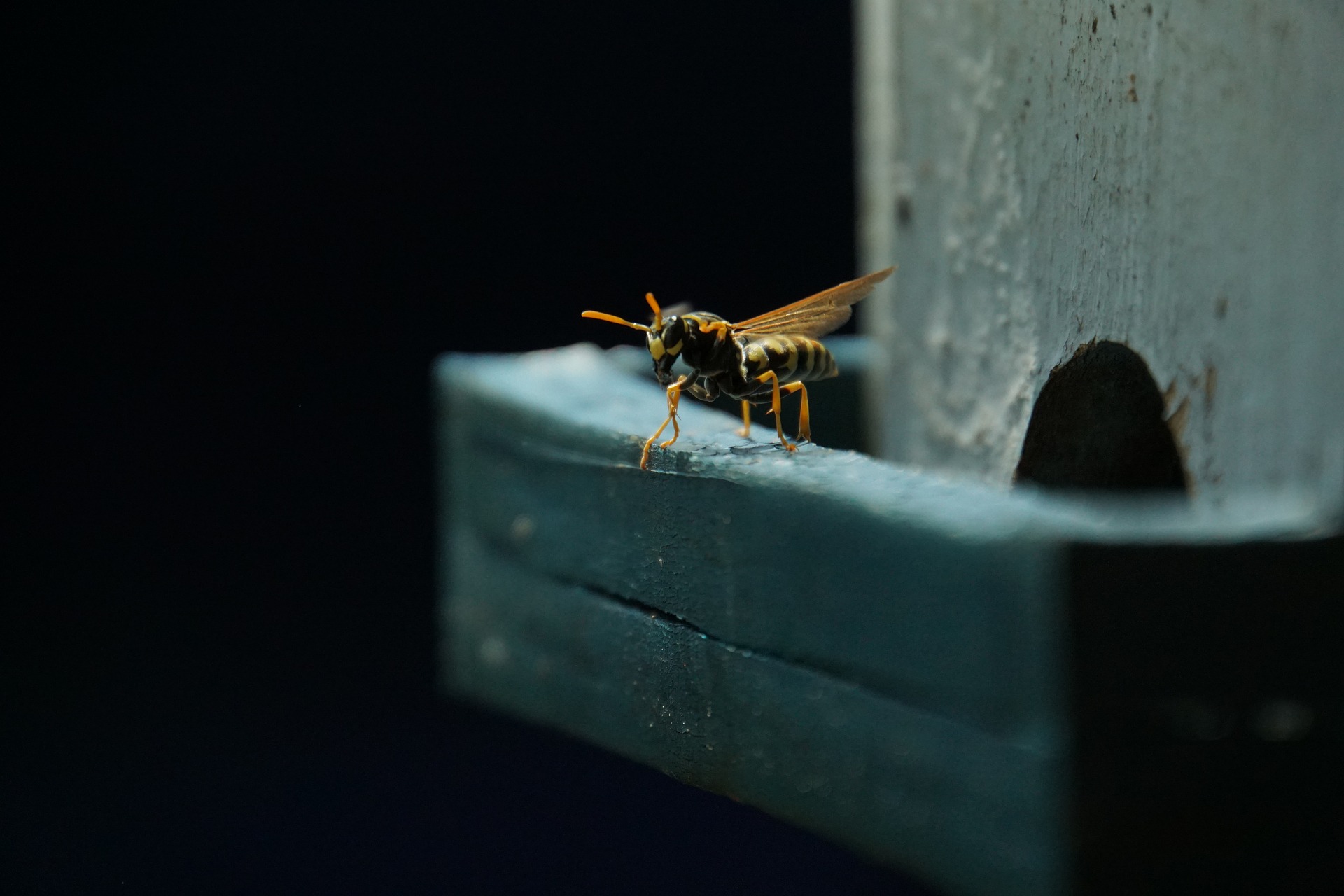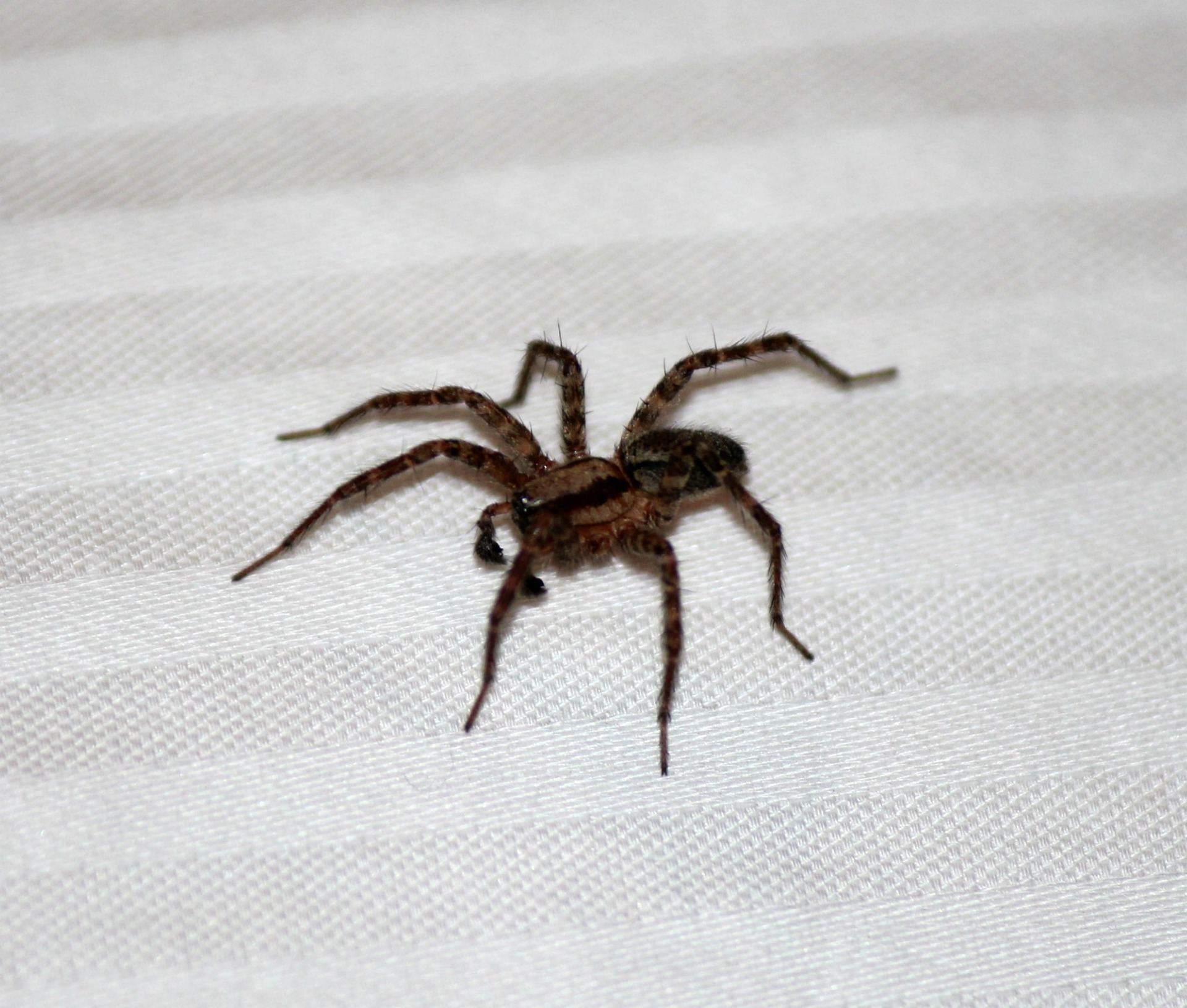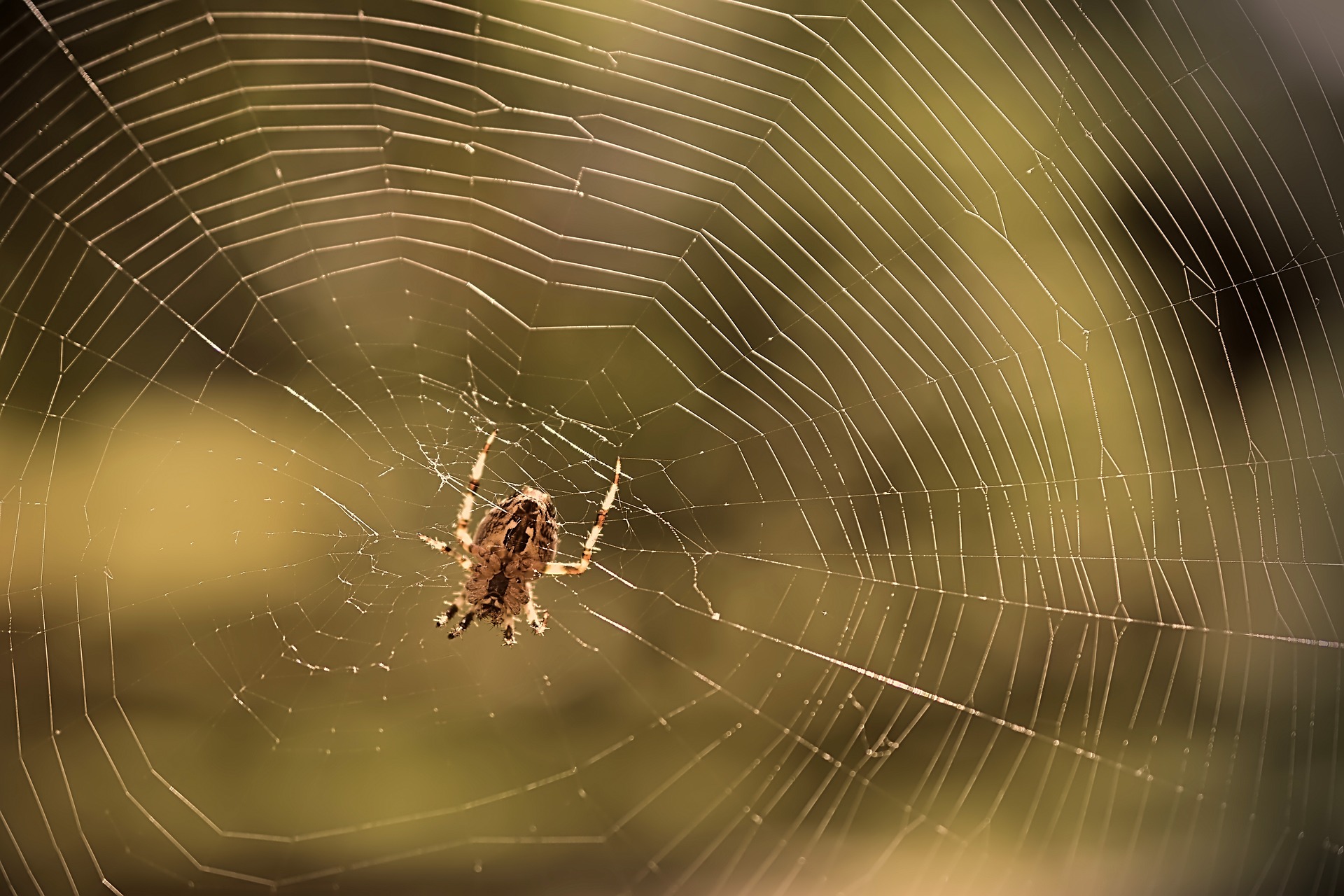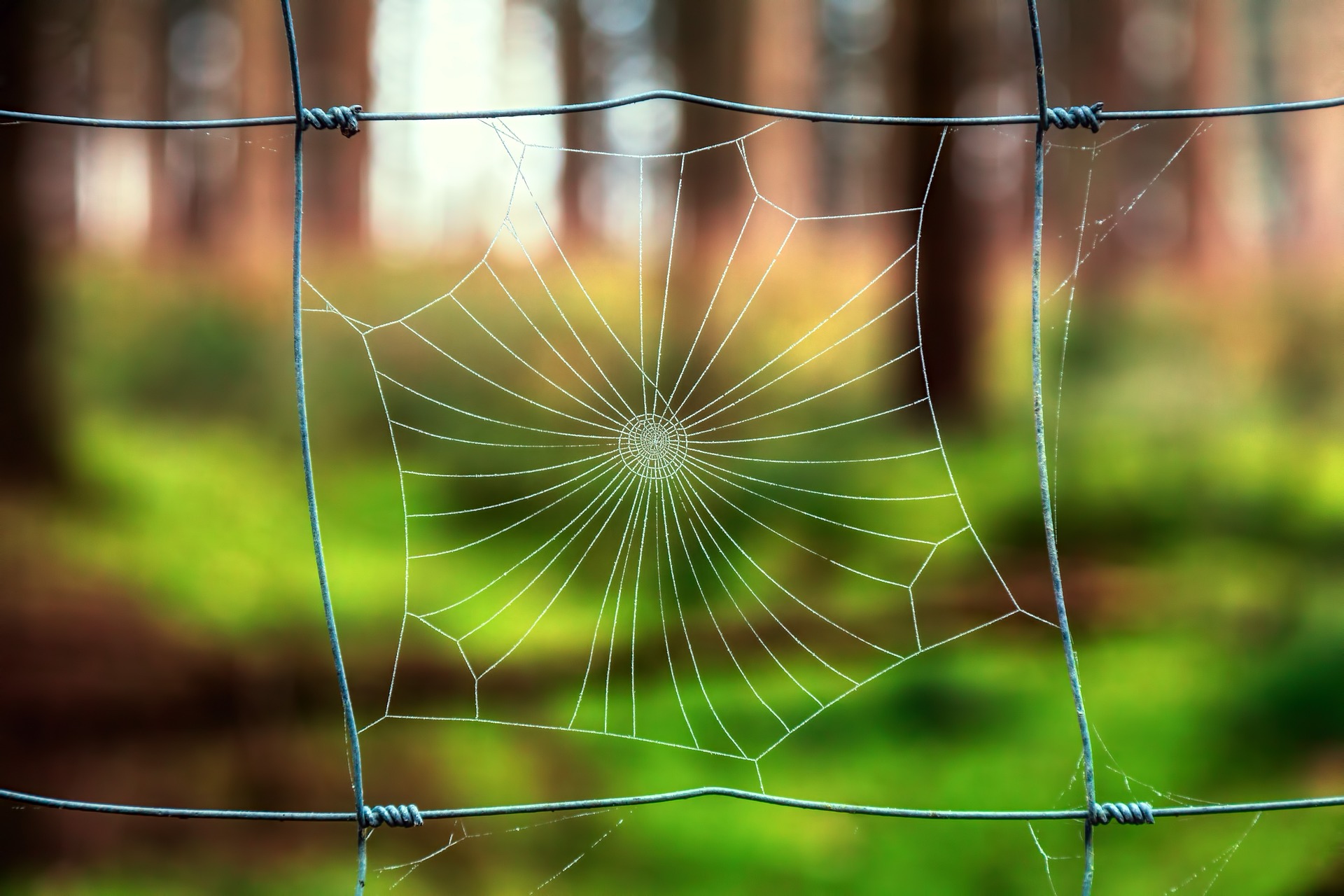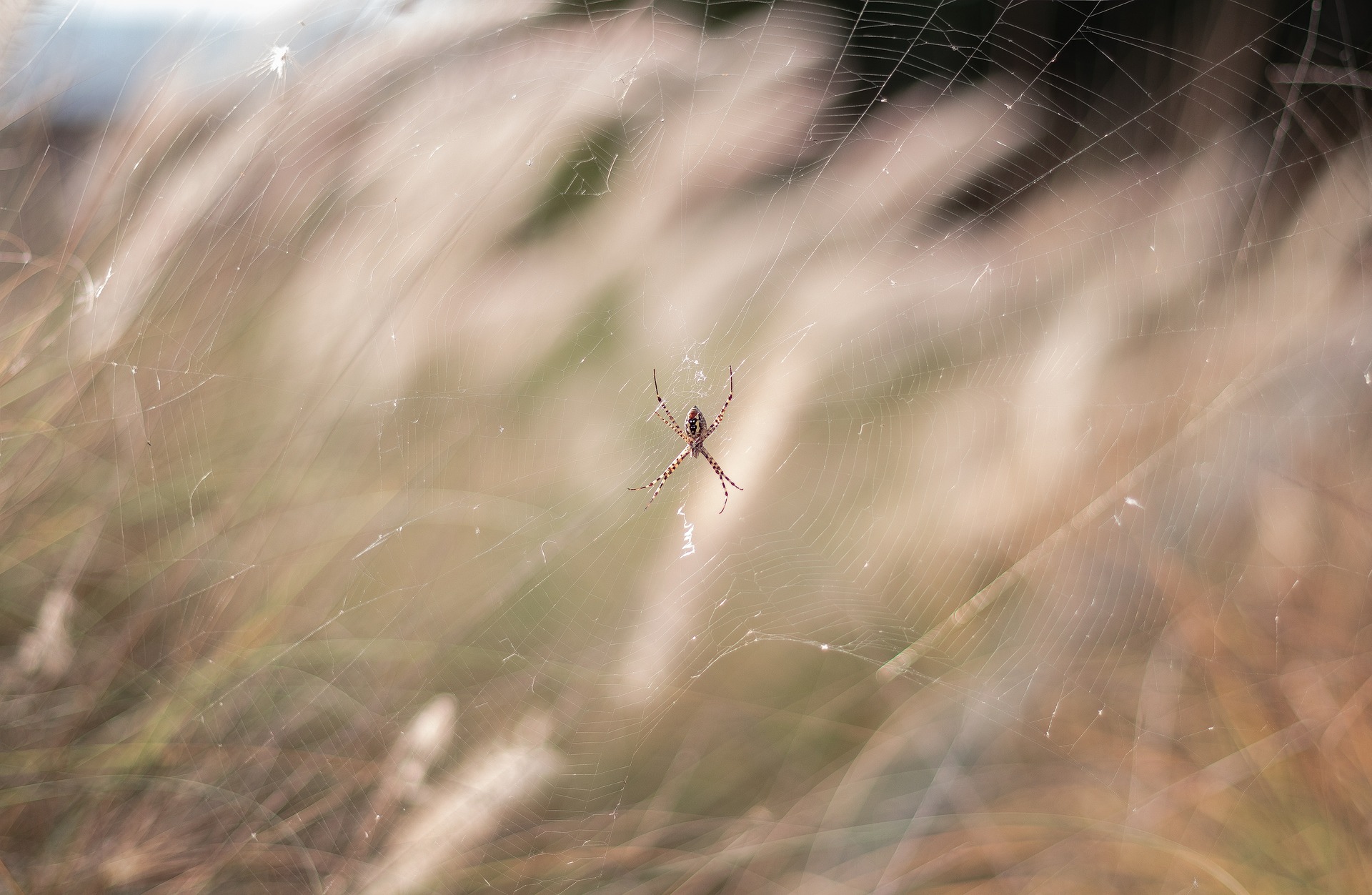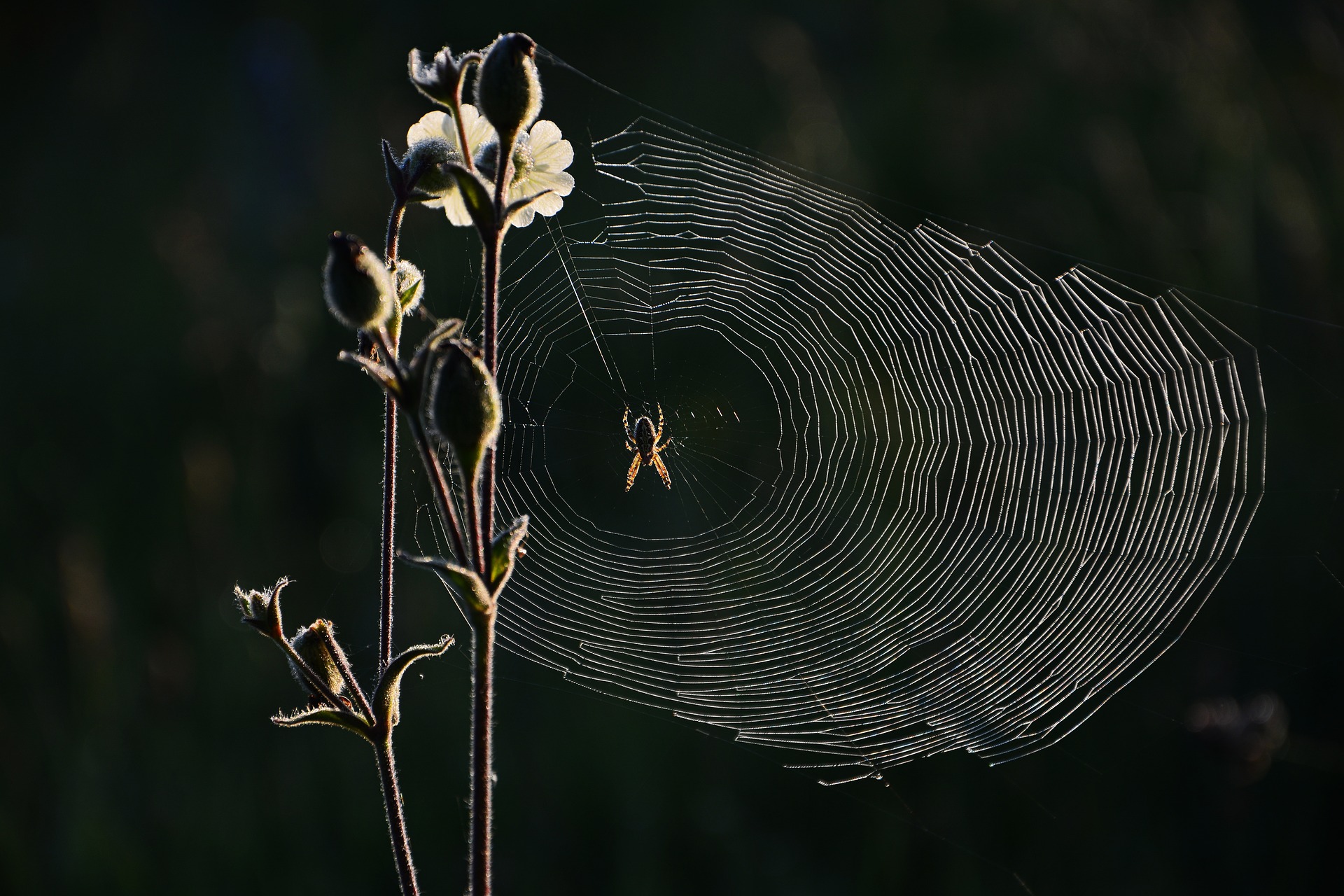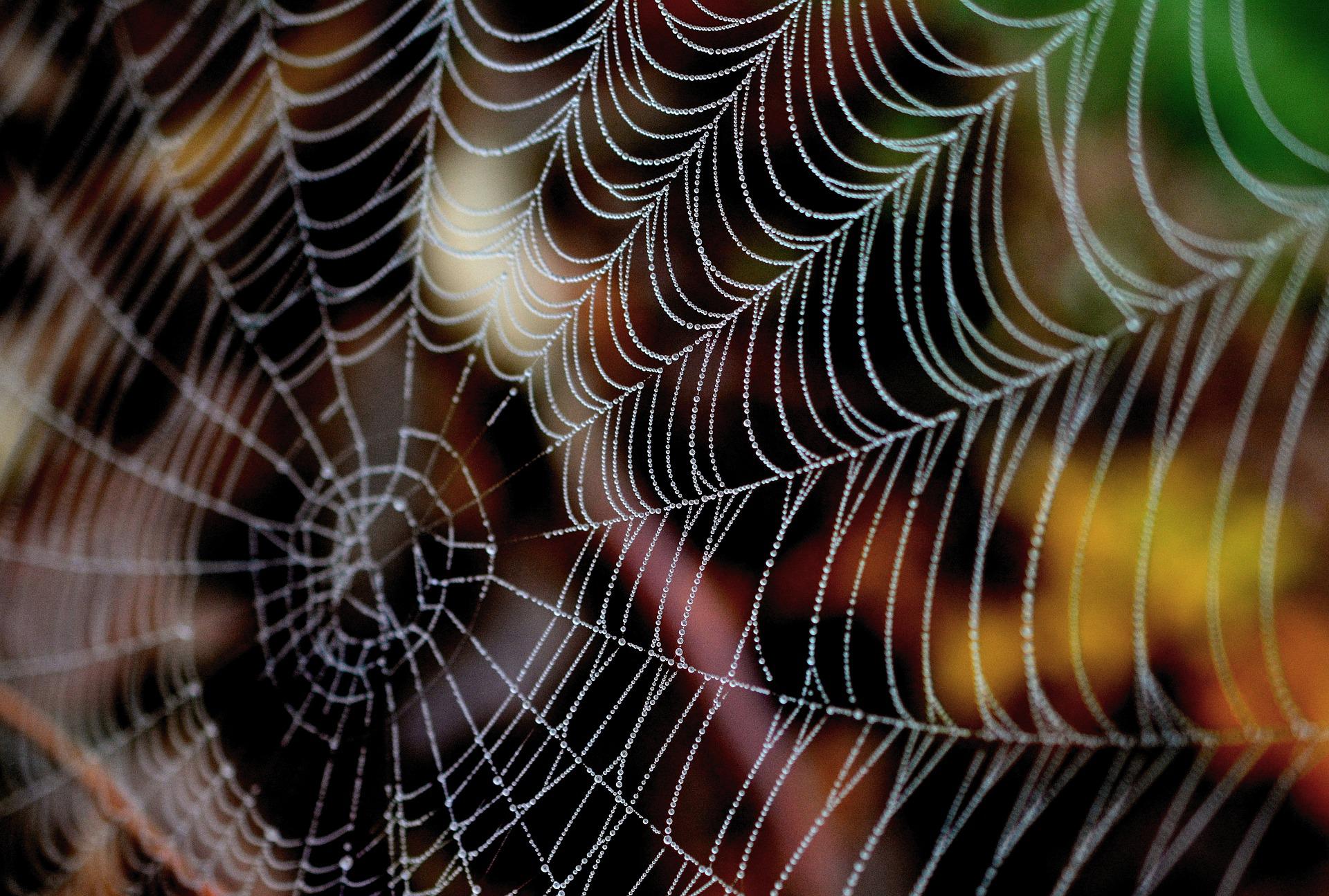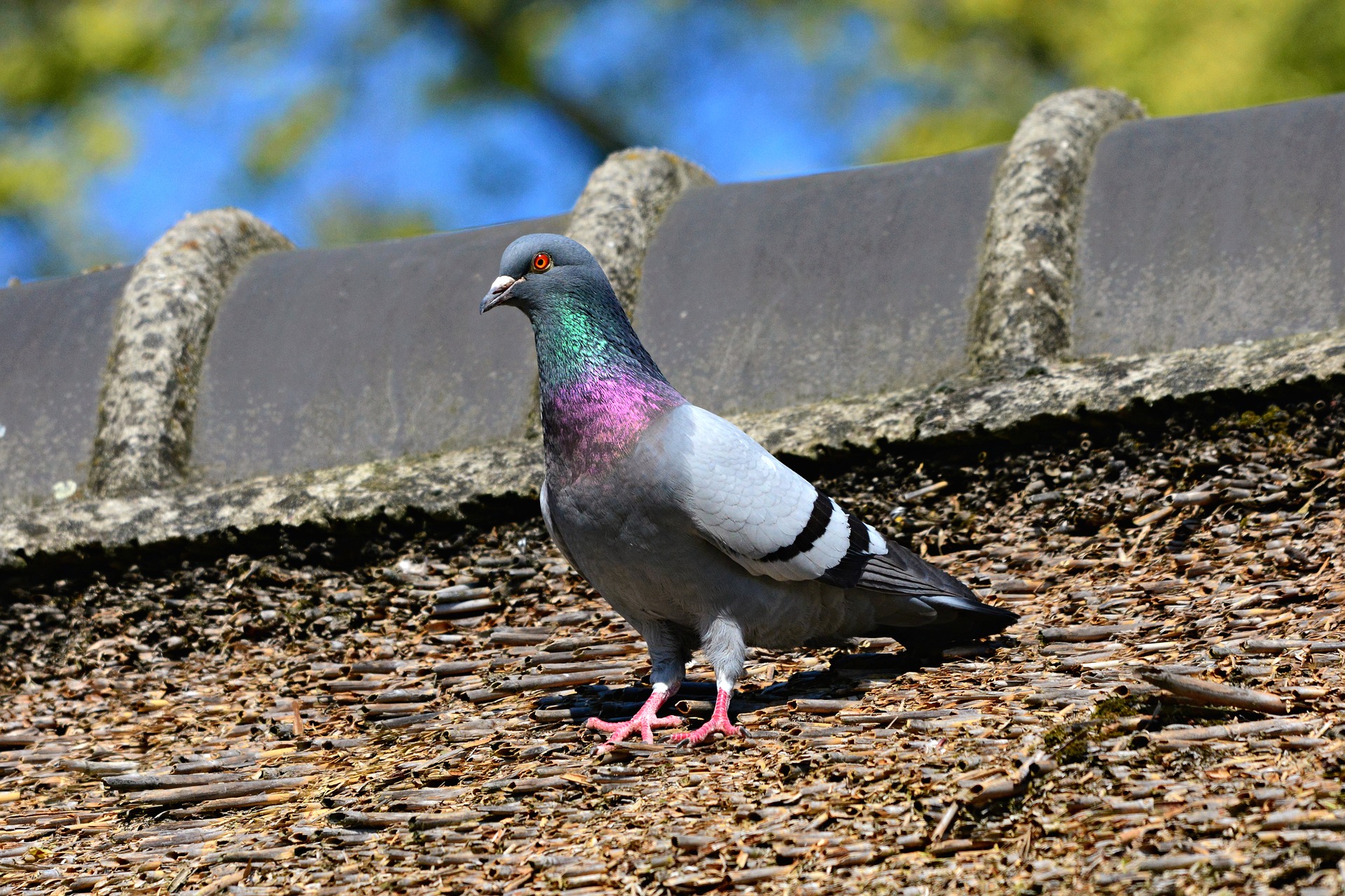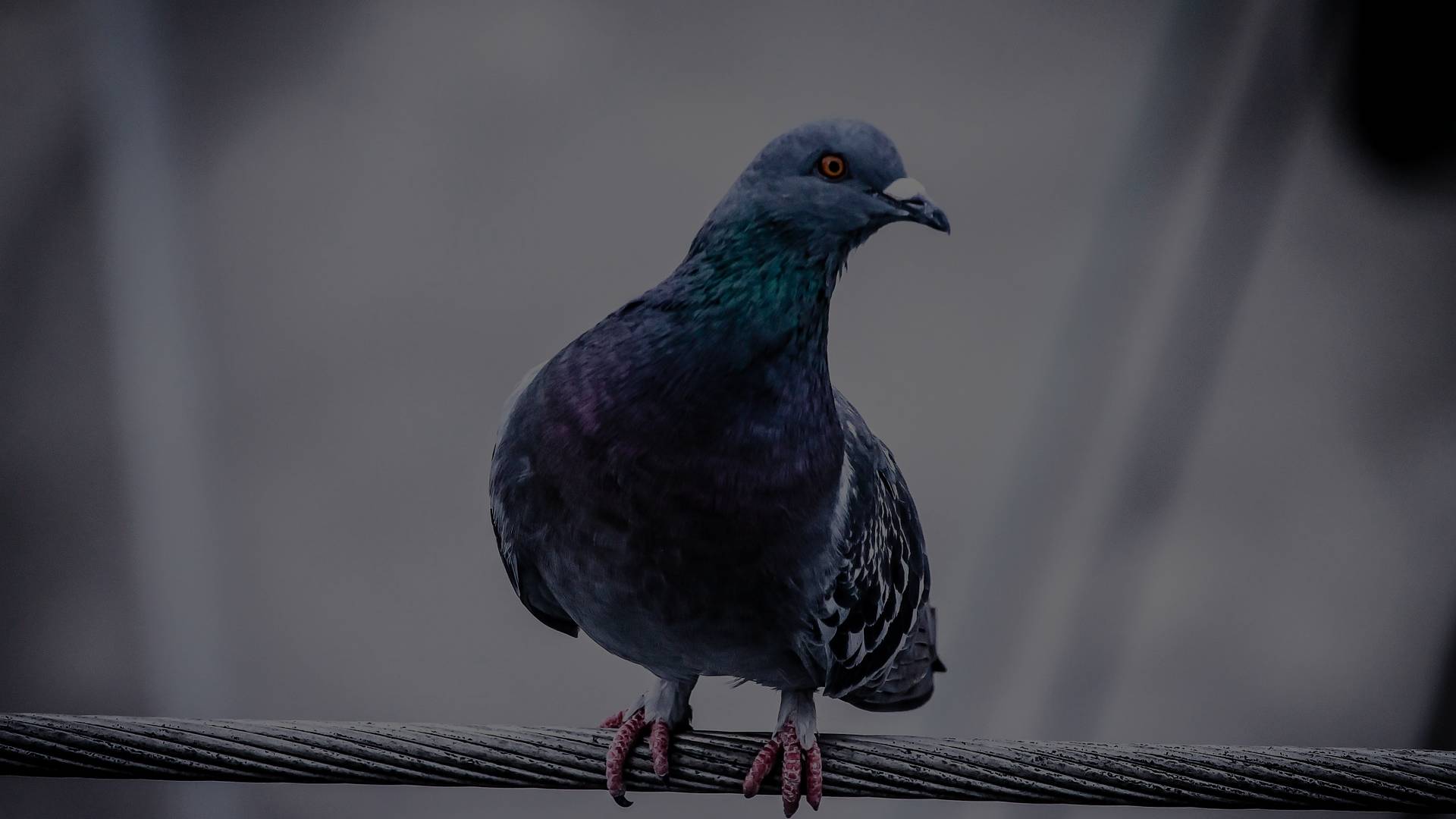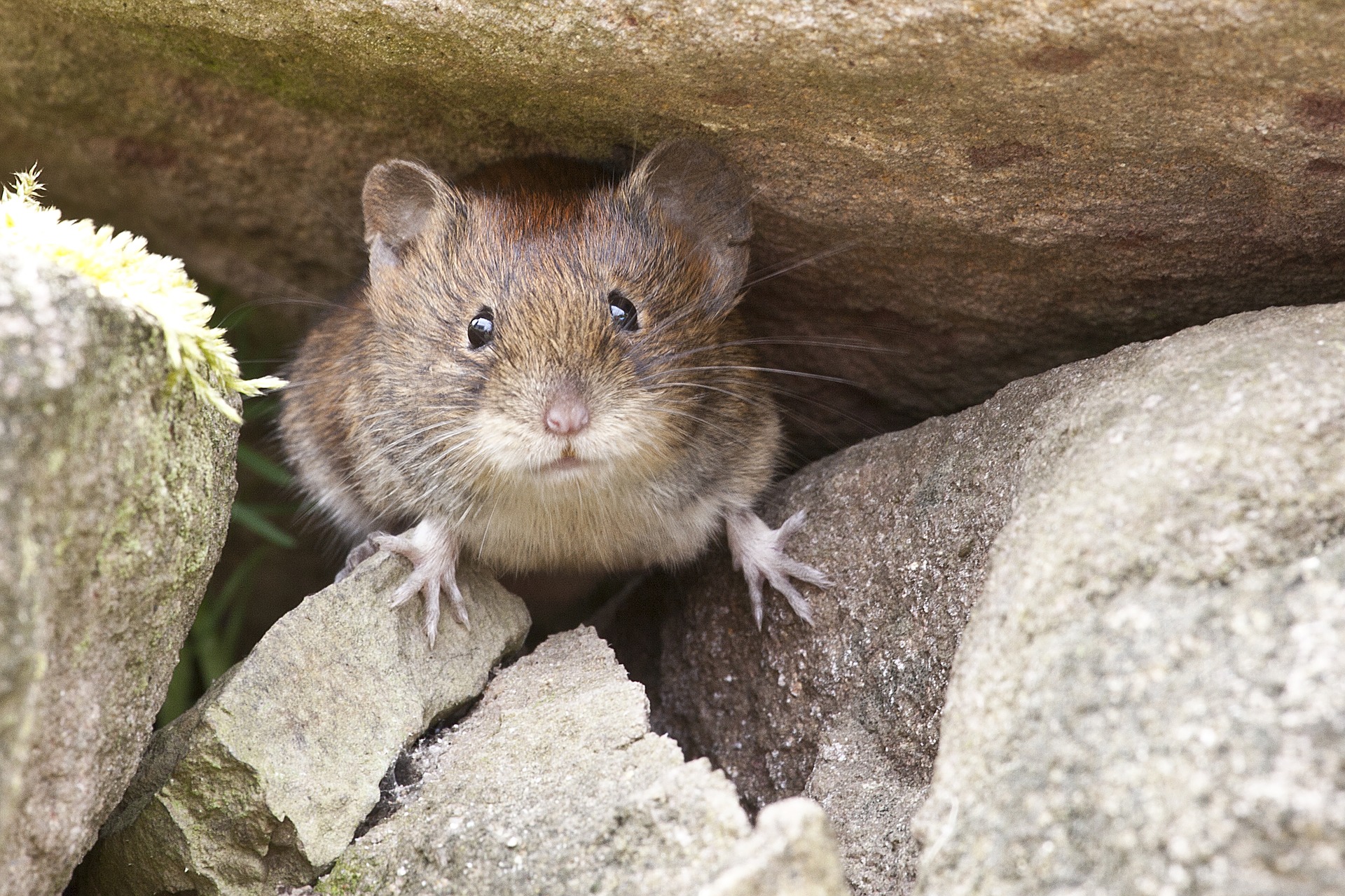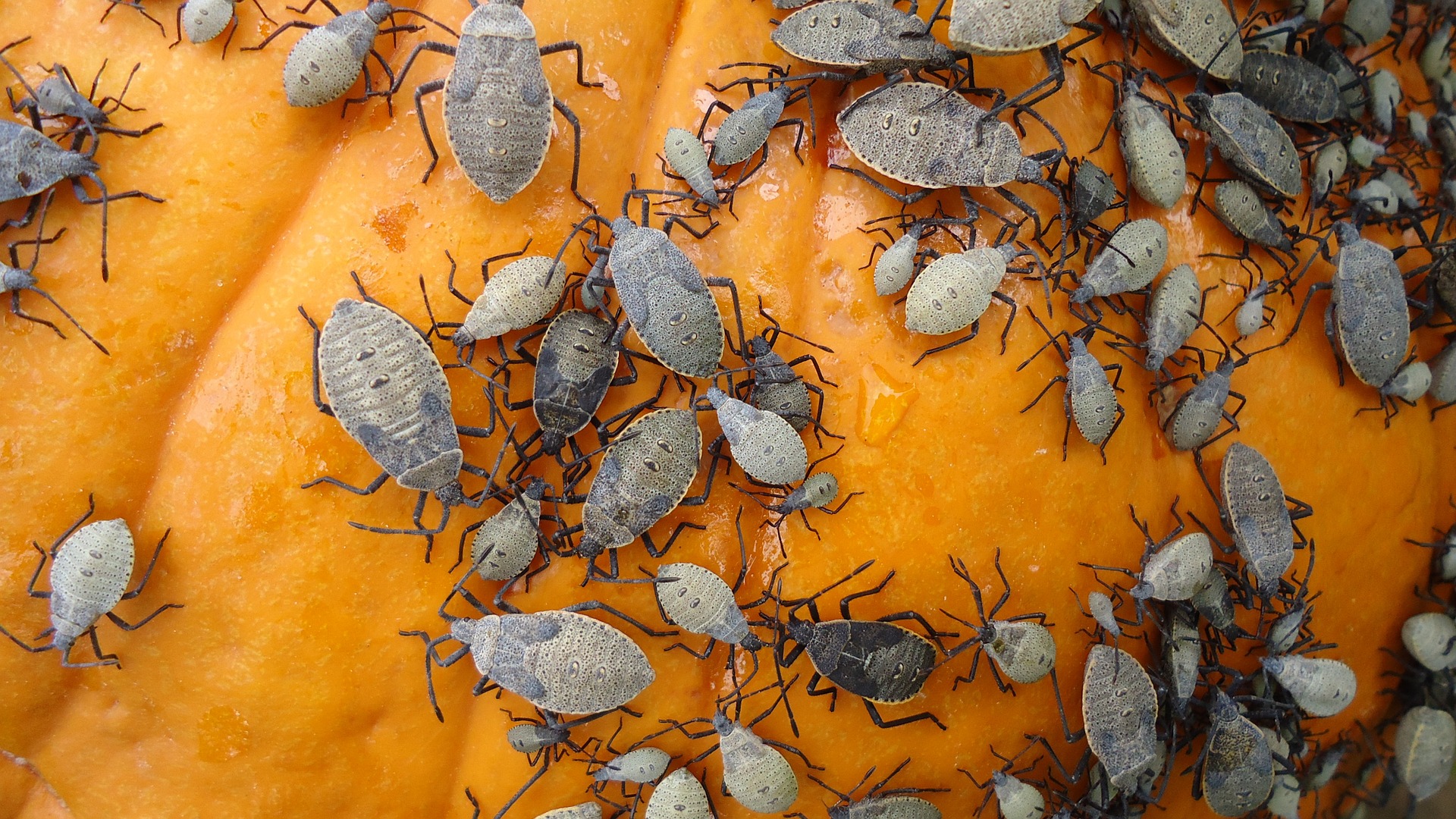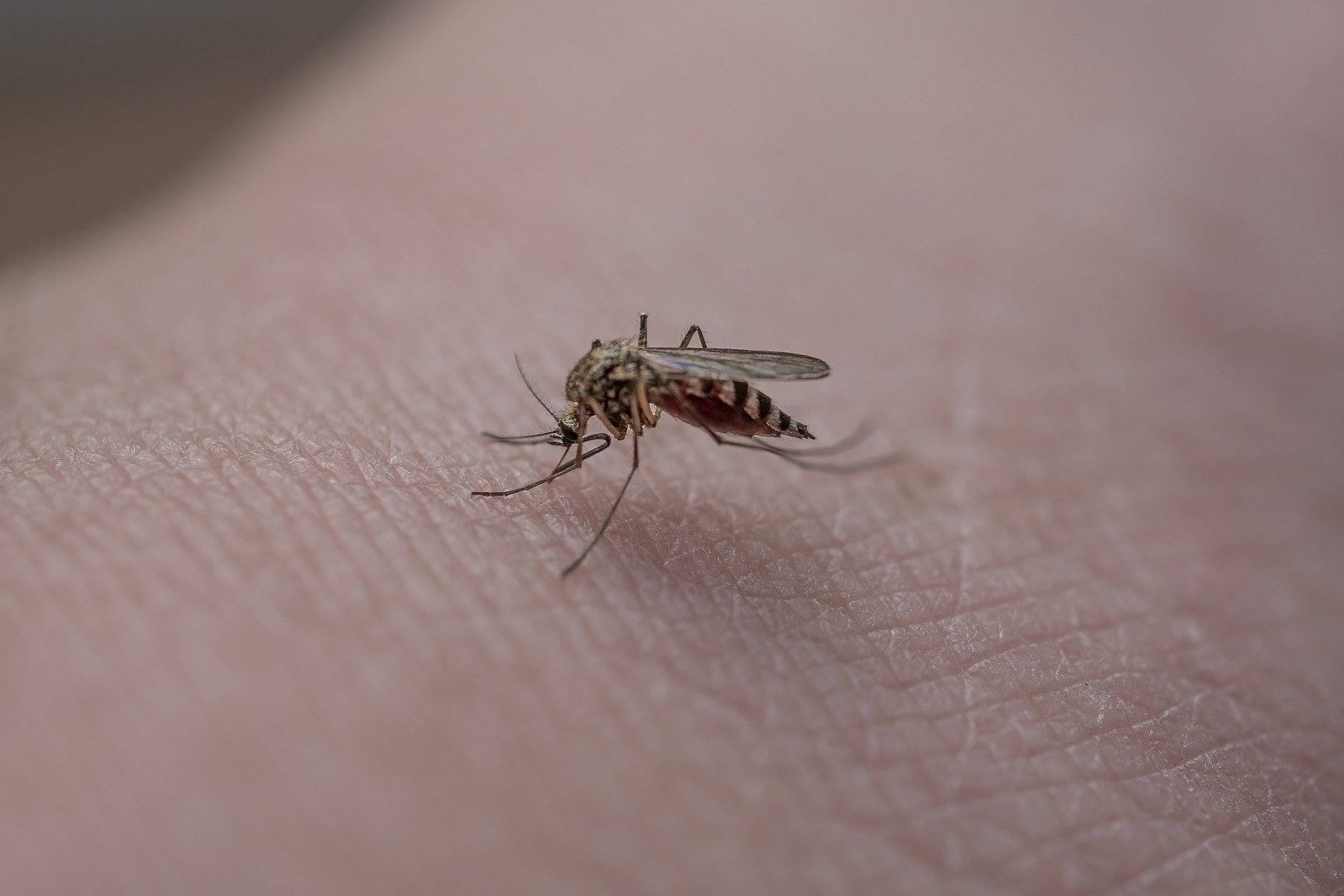Introduction:
As a seasoned pest control expert, I have encountered numerous challenges when it comes to dealing with bird infestations. Birds, while beautiful and fascinating creatures, can often become a nuisance, causing property damage, spreading diseases, and creating unsanitary conditions. To help you tackle these issues effectively, I have compiled this ultimate guide to bird control methods. Read on to discover the most efficient strategies for keeping pesky birds at bay and protecting your property.
Understanding the Bird Problem:
Before implementing any bird control measures, it’s essential to understand the specific bird species causing the issue. Different birds have unique behaviors and preferences, which will help determine the most suitable solution. Whether you’re dealing with pigeons, sparrows, seagulls, or starlings, identifying the species is crucial.
Scaring Tactics:
Scaring birds away is one of the initial steps in bird control. Birds are naturally wary of potential threats, so employing visually stimulating deterrents can be highly effective. Techniques such as using reflective objects, predator decoys, and even motion-activated scare devices can create an environment that birds find unsettling. Regularly changing the scare tactics will prevent birds from becoming accustomed to them.
Physical Barriers:
Installing physical barriers is an excellent way to prevent birds from roosting or nesting on your property. Bird spikes, netting, and wires can be strategically placed to deny birds access to their preferred perching spots. Ensure that any barriers installed are humane and do not cause harm to the birds. Additionally, regularly inspect and maintain these barriers to ensure their continued effectiveness.
Sonic Repellents:
Birds communicate through vocalizations, and exploiting this behavior can be an effective way to deter them. Sonic repellents emit sounds that mimic predatory calls or distress signals, creating an environment where birds feel threatened or unsettled. Some advanced sonic repellents come with customizable settings, allowing you to target specific bird species.
Avian Gel Repellents:
Avian gel repellents are sticky substances that make surfaces undesirable for birds to land or roost on. They work by creating an unpleasant sensation on the birds’ feet, discouraging them from returning. This method is particularly useful on ledges, railings, and other hard-to-reach areas, as the gel remains in place even in adverse weather conditions.
Habitat Modification:
Preventing birds from finding suitable nesting or roosting sites is essential for long-term control. Evaluate your property for potential attractants, such as open food sources, standing water, or easily accessible nesting areas. By eliminating these factors, you can significantly reduce the likelihood of recurring bird problems.
Professional Assistance:
When faced with persistent or large-scale bird infestations, seeking professional assistance is highly recommended. Pest control experts possess in-depth knowledge, experience, and access to specialized tools and techniques to effectively address serious bird issues. They can provide tailored solutions based on your unique circumstances, ensuring long-lasting results.
Conclusion:
By implementing a combination of these bird control methods, you can successfully safeguard your property and mitigate the nuisances caused by bird infestations. Remember, it’s crucial to act promptly and consistently to prevent birds from establishing long-term colonies. If you find yourself overwhelmed or in need of expert advice, don’t hesitate to reach out to a professional pest control service. With the right strategies, you can enjoy a bird-free environment while ensuring the well-being of these beautiful creatures.

